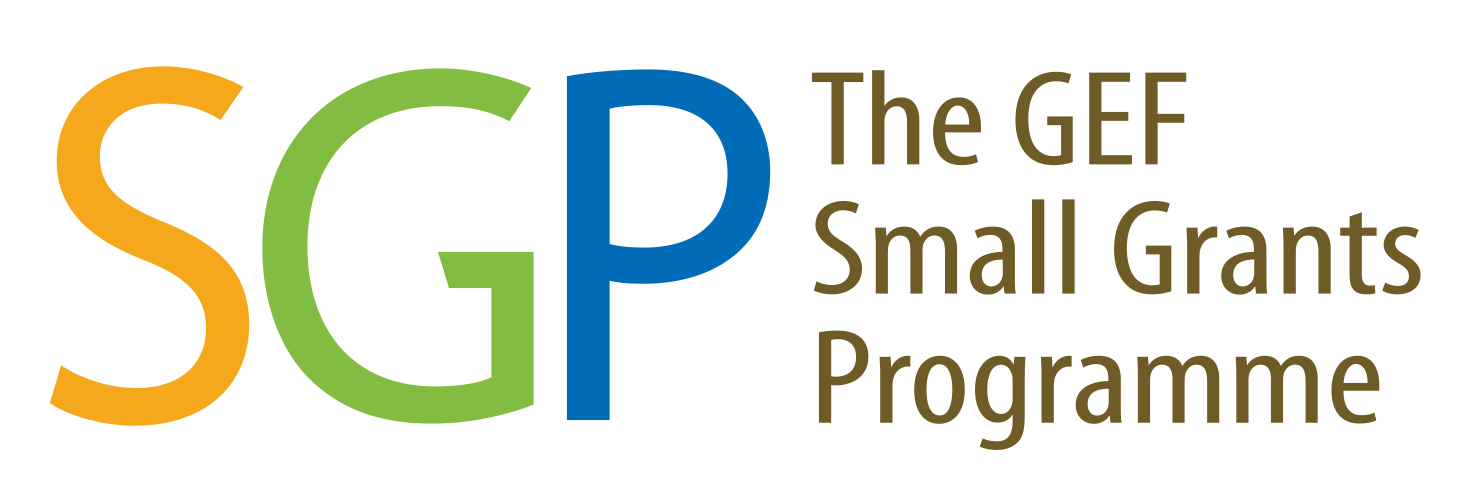Restoring the Land
Behold the power of restoring an ecosystem in Costa Rica’s Jesús María River Basin
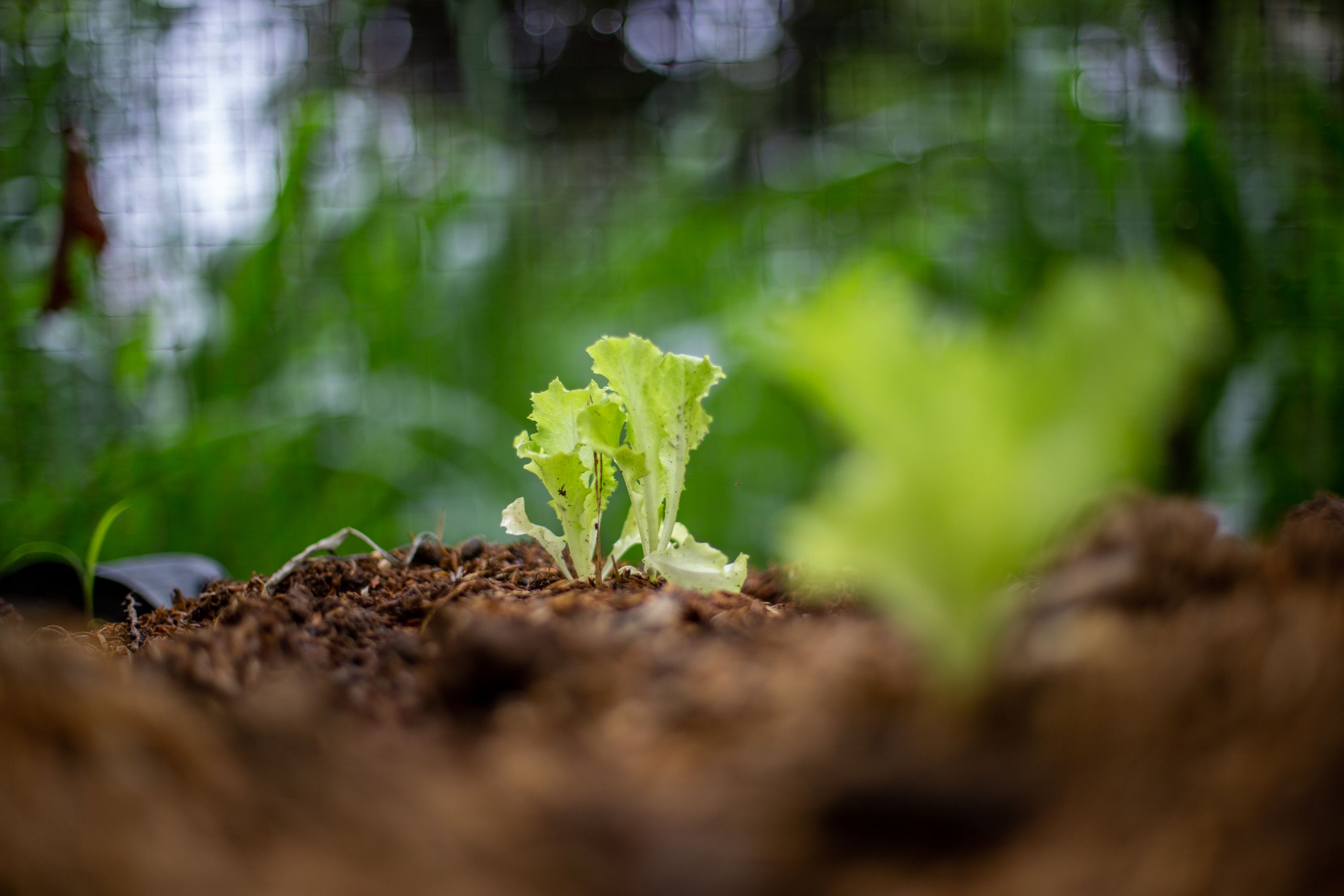
From the mountains to the sea
The Jesús María River Basin is located in Costa Rica’s Pacific region, and covers 35,280ha of a diverse landscape comprised of forests, coffee plantations and fruit trees, mangroves, pastures, cash crops, water bodies, and urban areas.
Descending from a maximum elevation of 1,400m through to the coastal zone, the basin also consists of several sub-basins that eventually drain into the Pacific Ocean via the Tivives wetland - a Wildlife Protected Area – with its mangrove and estuarine system.
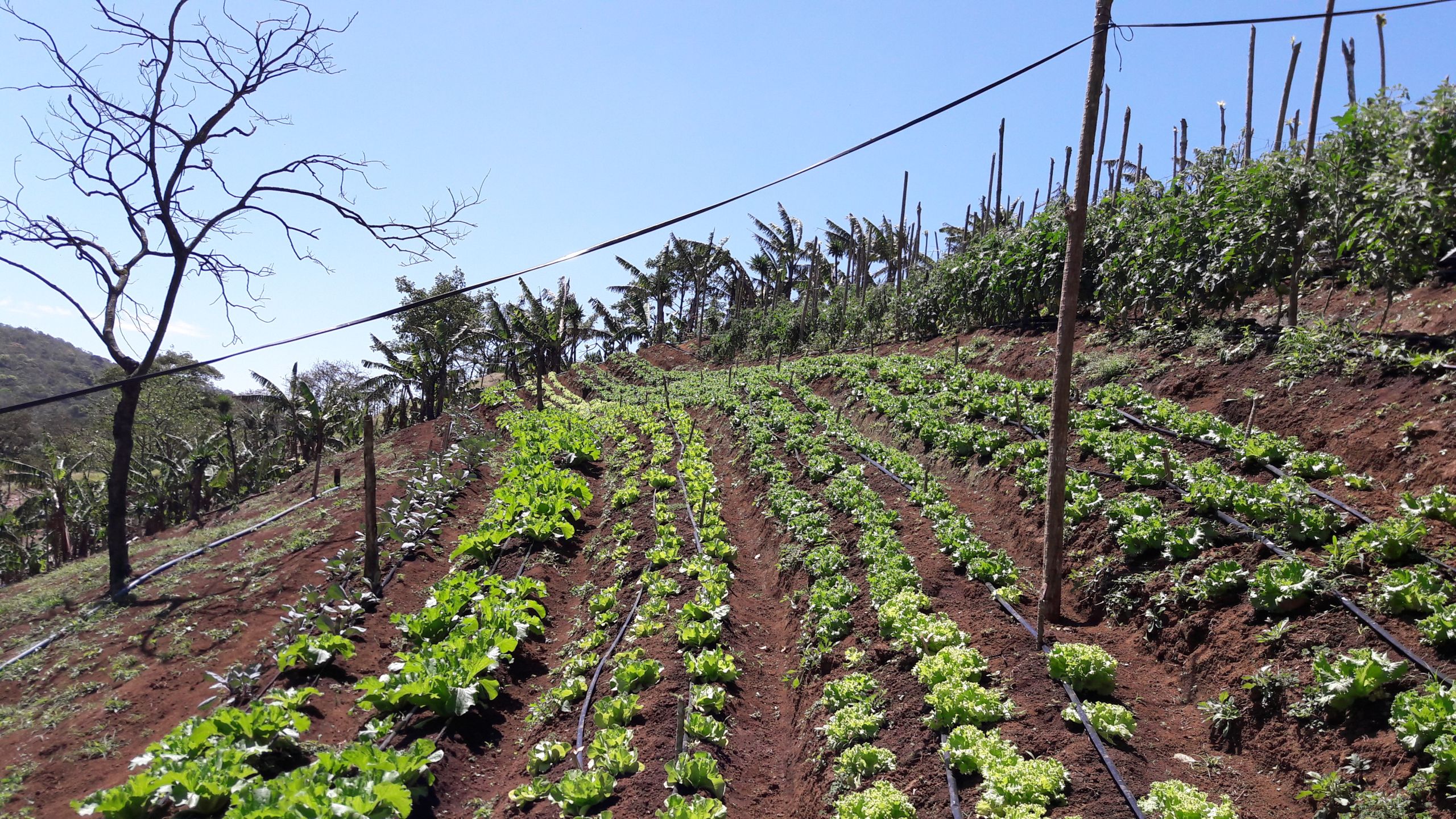

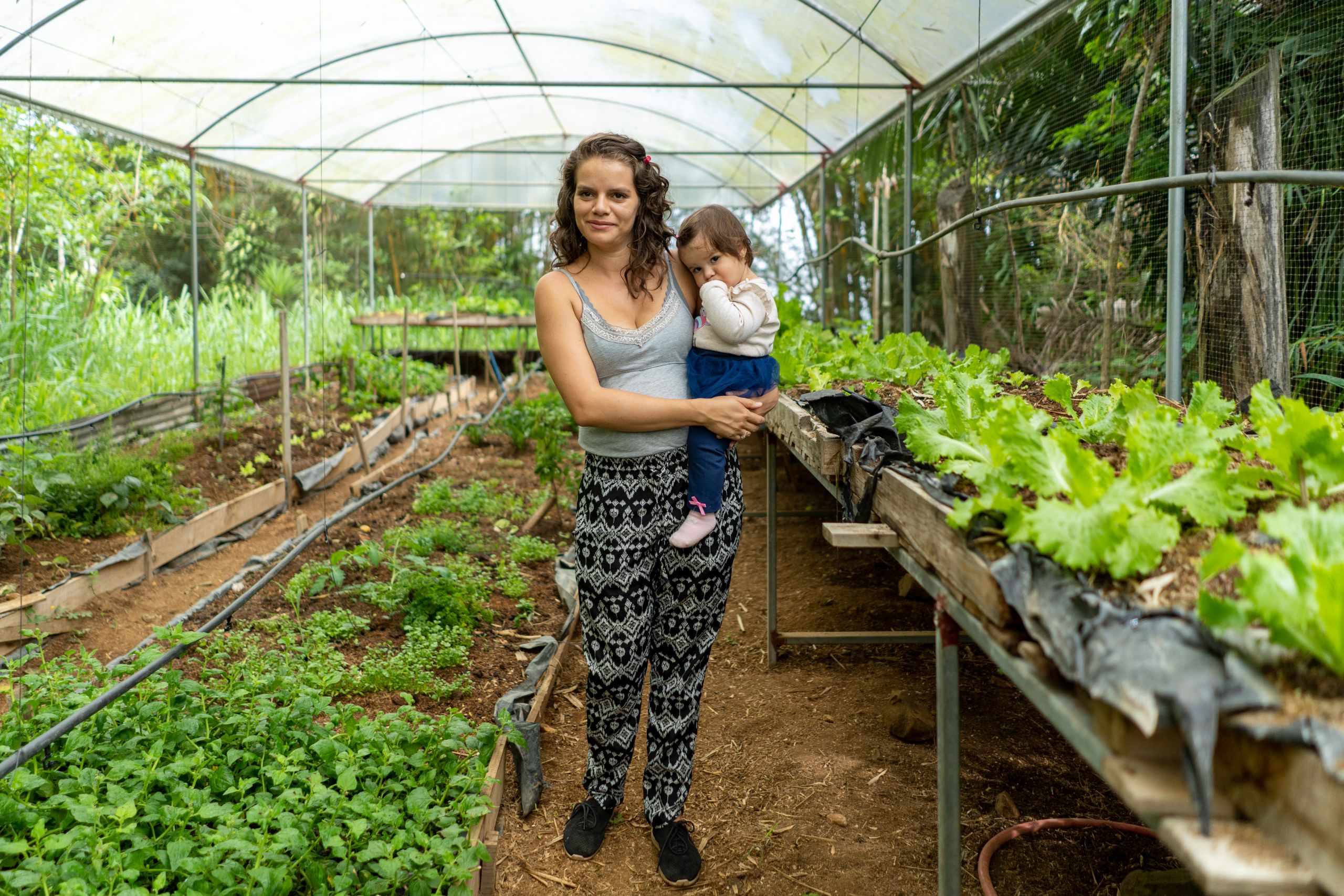
Life Rekindled
Through an integrated landscape approach – including ecosystem restoration, watershed management, and forest restoration - farmers in the Jesús María River Basin are seeing more life return to the area.
They are seeing the natural habitats of the area restored. They are simultaneously fighting erosion, halting soil degradation and helping solve some of the sedimetation that flows downstream when soil is eroded upstream.
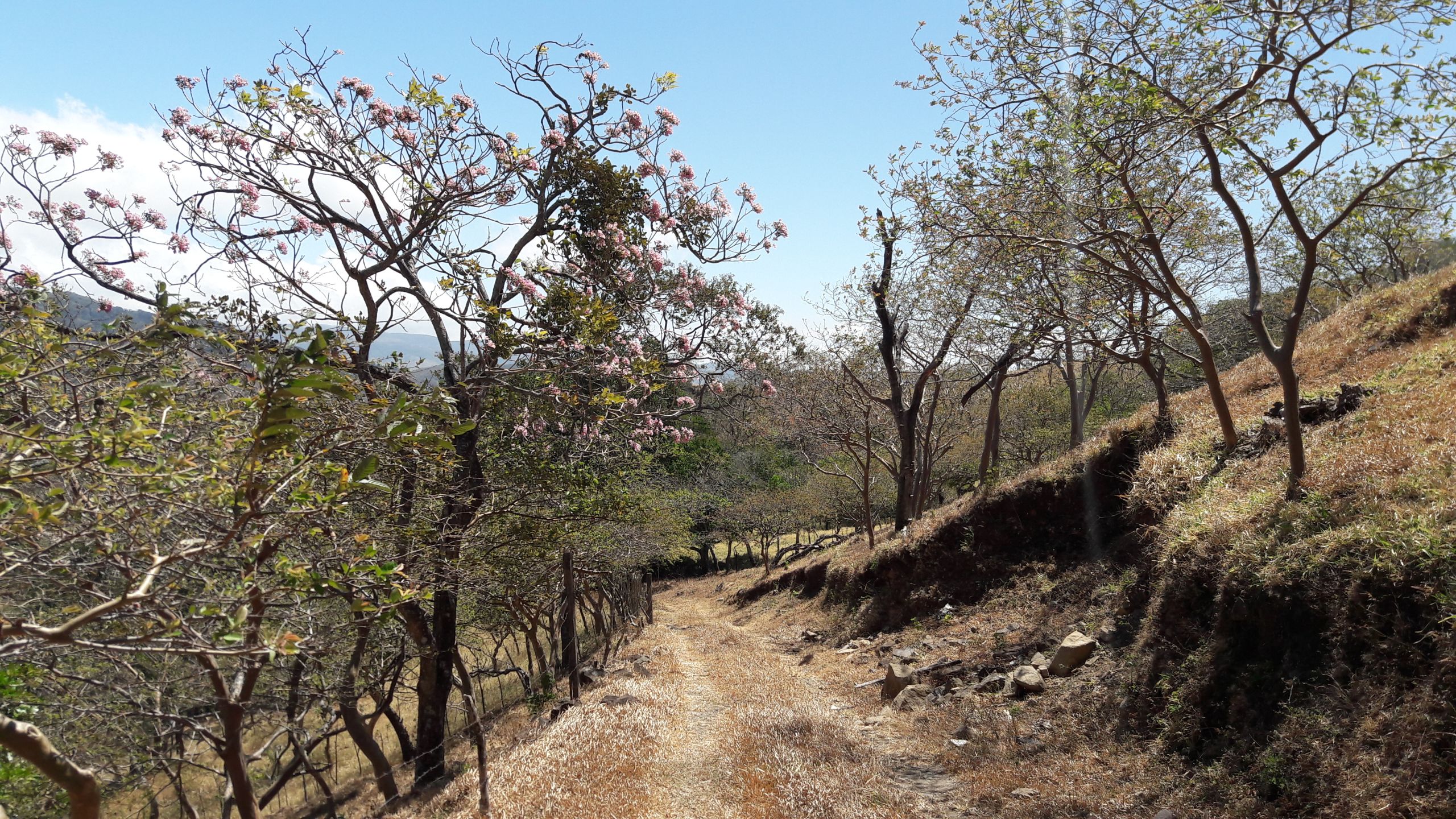
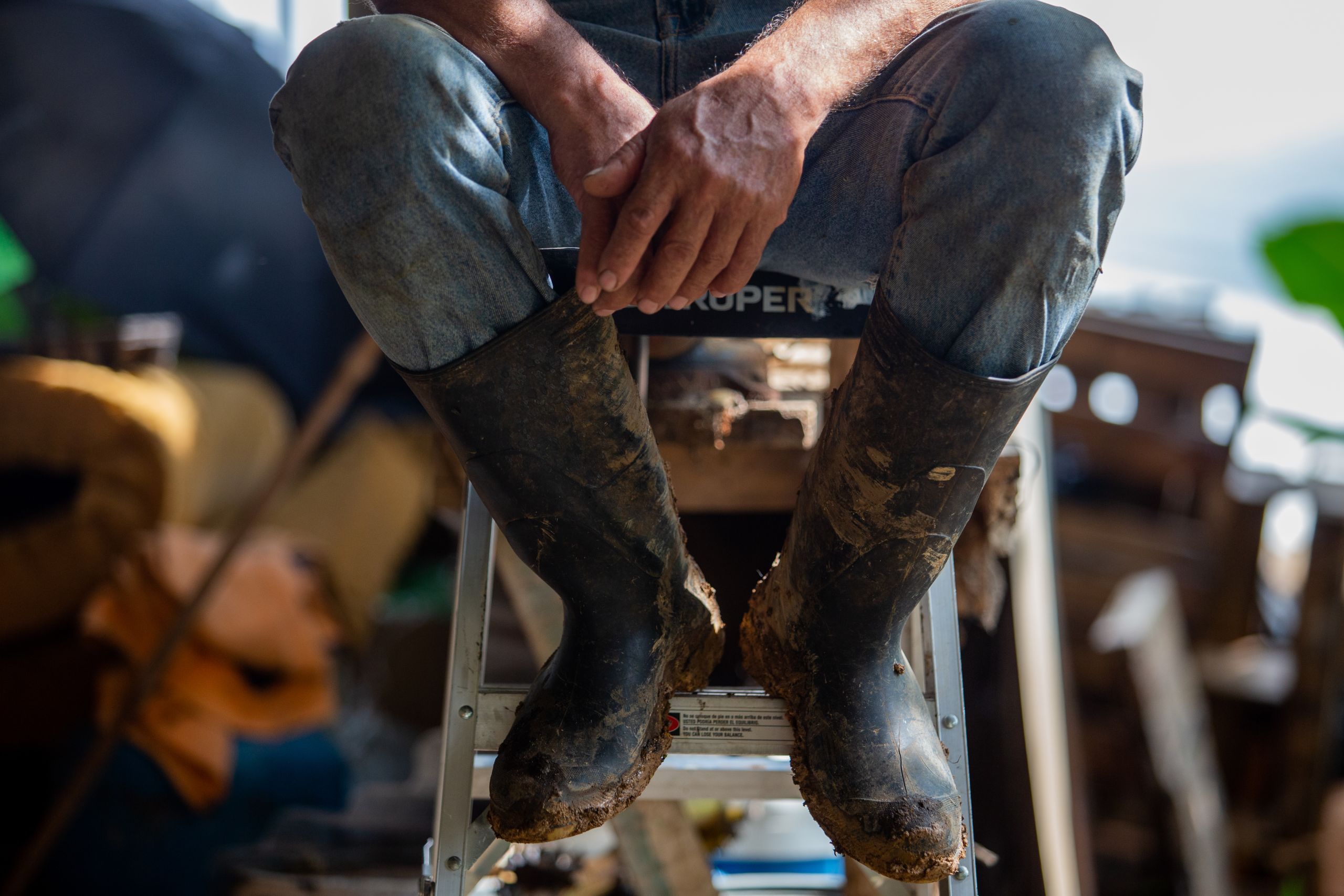
Saving soils which underpin the economy
From the soil, livelihoods are built.
For the farmers in the Jesús María River Basin, as with farmers all over the world, the soil is the foundation for their economy.
The main economic activity in the region is agriculture, with coffee, rice, sugar cane, and fruit production of particular importance. In spite of its current productivity, there is concern that the environmental threats to the Jesús María River Basin will have adverse socioeconomic consequences in future, as parts of the surrounding landscape are undergoing a rapid cultural transition and urbanisation.
In particular, the watershed is experiencing declines in biodiversity, agricultural productivity, and water availability due to historical processes of unsustainable agricultural practices - especially on the steeper upper-basin slopes – as well as deforestation, poor rural road design, and land use changes.
Throughout the basin, the loss of natural forest cover has left the landscape highly fragmented, with only small relics of primary forest remaining in the galleries of the main rivers and mangroves, further exacerbating biodiversity loss.
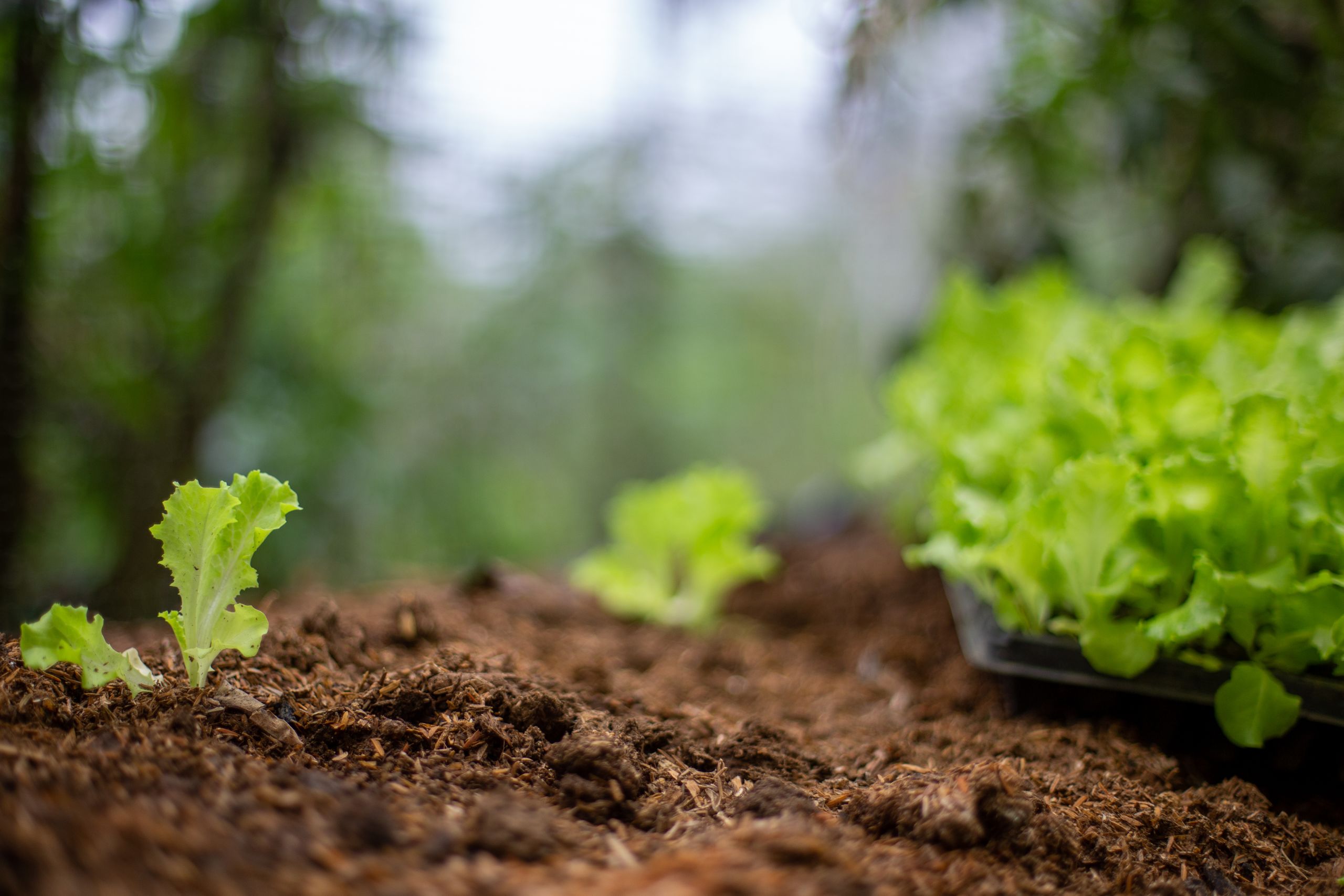
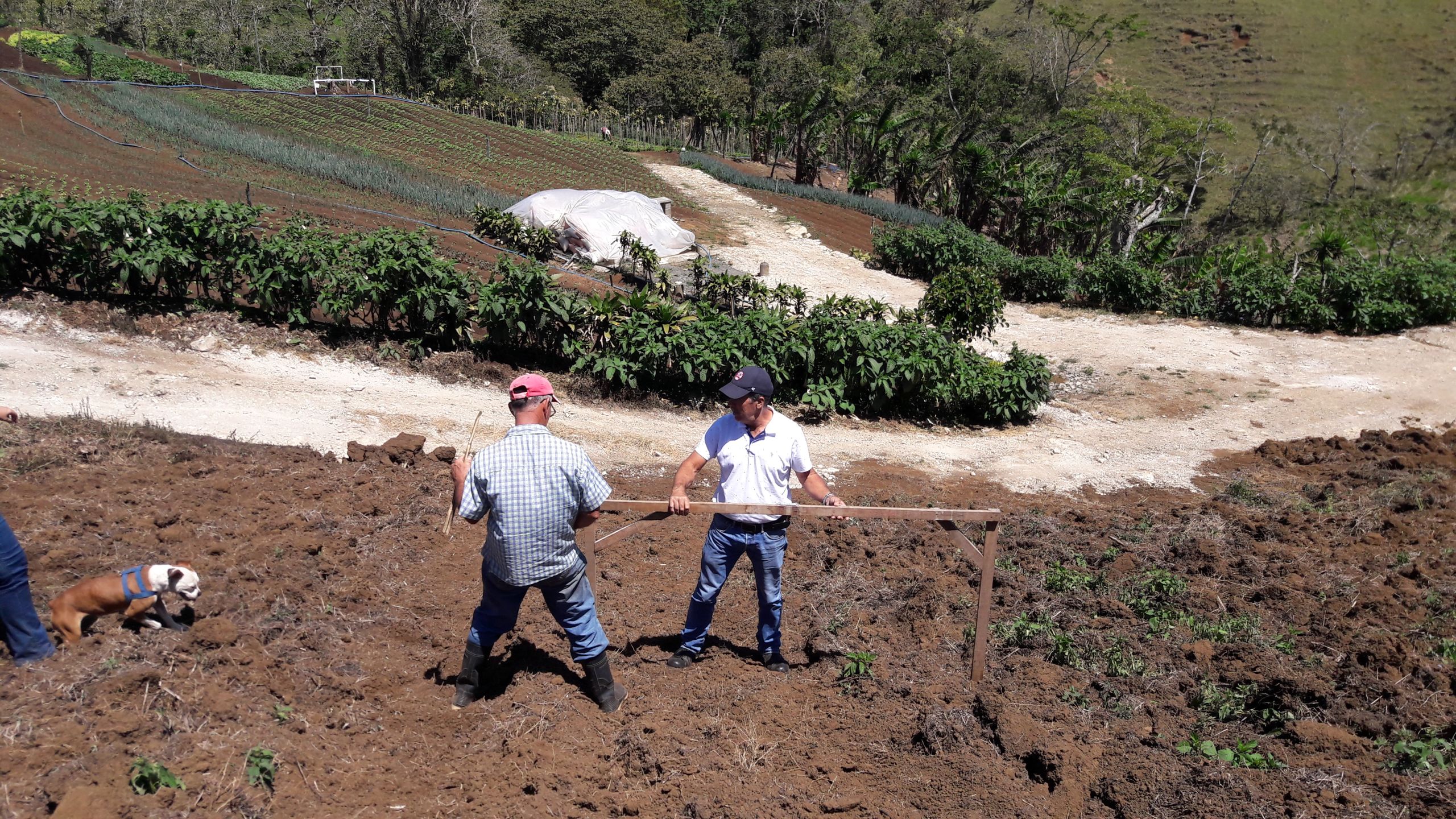
What happens in the mountains, does not stay in the hills
Unsustainable practices lead to greater soil erosion, landslides, and lower-watershed sedimentation. The Jesús María Watershed has been classified as the most degraded river basin in Costa Rica by the National Advisory Committee on Land Degradation (CADETI, in Spanish).
But this degradation does not only impact the Jesús María River Basin, a lot of the eroded soils from the upper basin eventually reaches the Caldera Port, forcing the government to invest millions of dollars in dredging the accumulated sediment around the port area every 5 years.
Problems like this in the central Pacific area of Costa Rica are typical of river basins around the world, requiring strategies and solutions at an integrated landscape level.
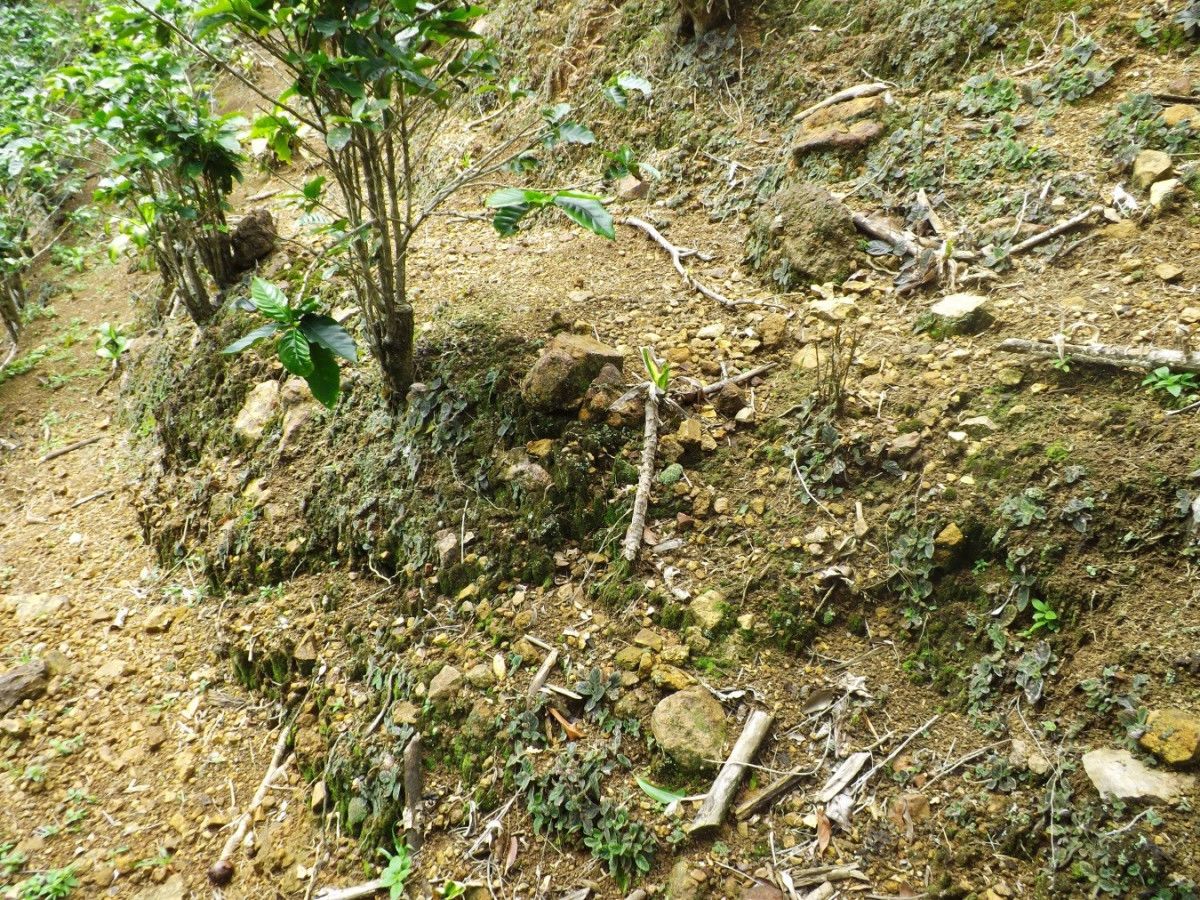
What was once part of the most fertile landscapes of the country is now showing alarming sings of land degradation and deforestation, thus affecting the agricultural production and communities’ well being.
What was once part of the most fertile landscapes of the country is now showing alarming sings of land degradation and deforestation, thus affecting the agricultural production and communities’ well being.
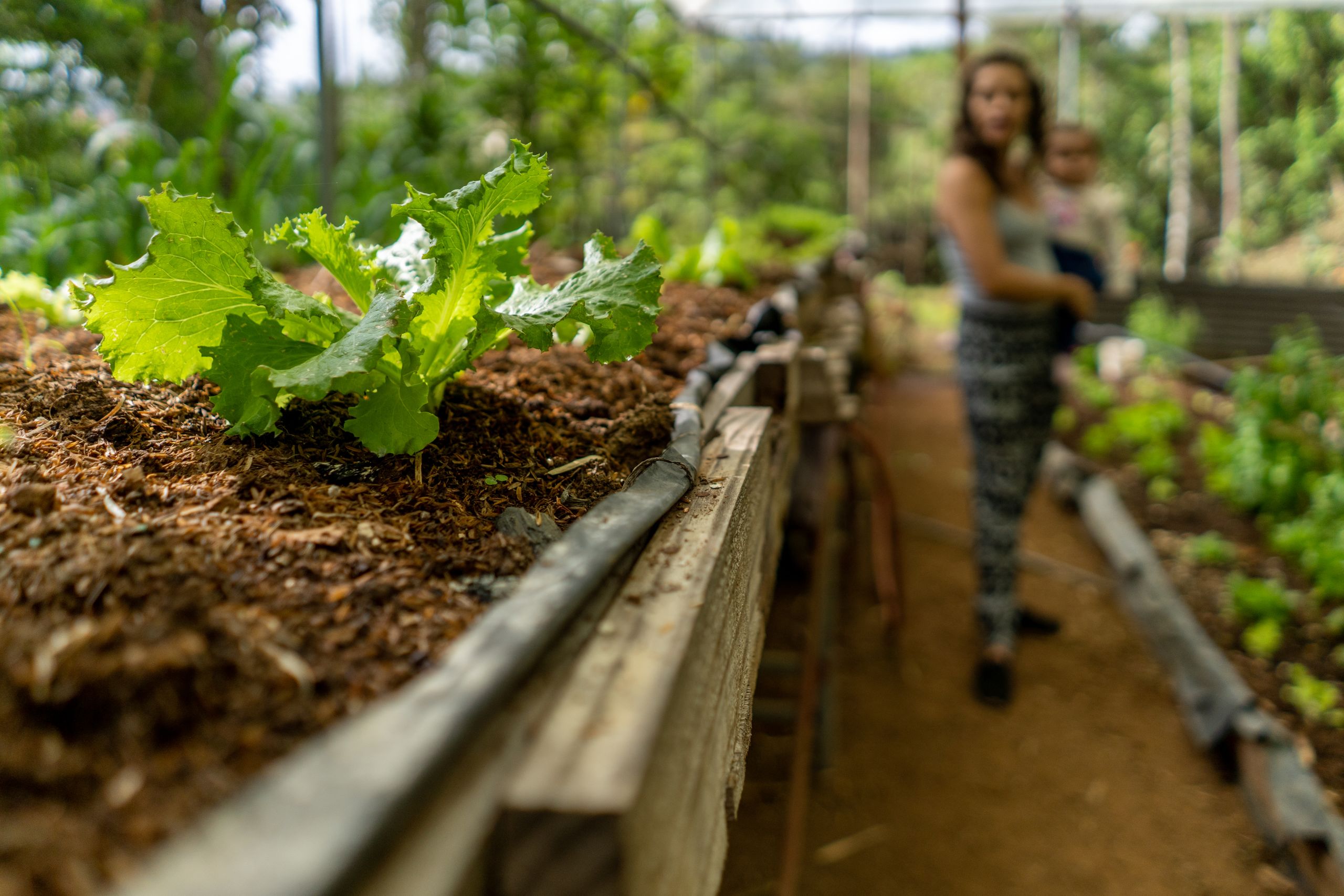
The COMDEKS approach
The COMDEKS/Satoyama Initiative Programme is funded by the Japan Biodiversity Fund at the Convention on Biological Diversity, and implemented by UNDP in partnership with the Ministry of the Environment of Japan, the CBD Secretariat, and the United Nations University’s Institute for the Advanced Study of Sustainability.
COMDEKS activities are delivered through the GEF Small Grants Programme (SGP), a decentralised funding mechanism with over 25 years of experience delivering small grants for community-based projects that address global environmental and sustainable development issues.
Each of these projects have the overall long-term objective to enhance socio-ecological production landscape resilience by developing sound biodiversity management and sustainable livelihood activities with local communities to maintain, rebuild, and revitalise these landscapes.
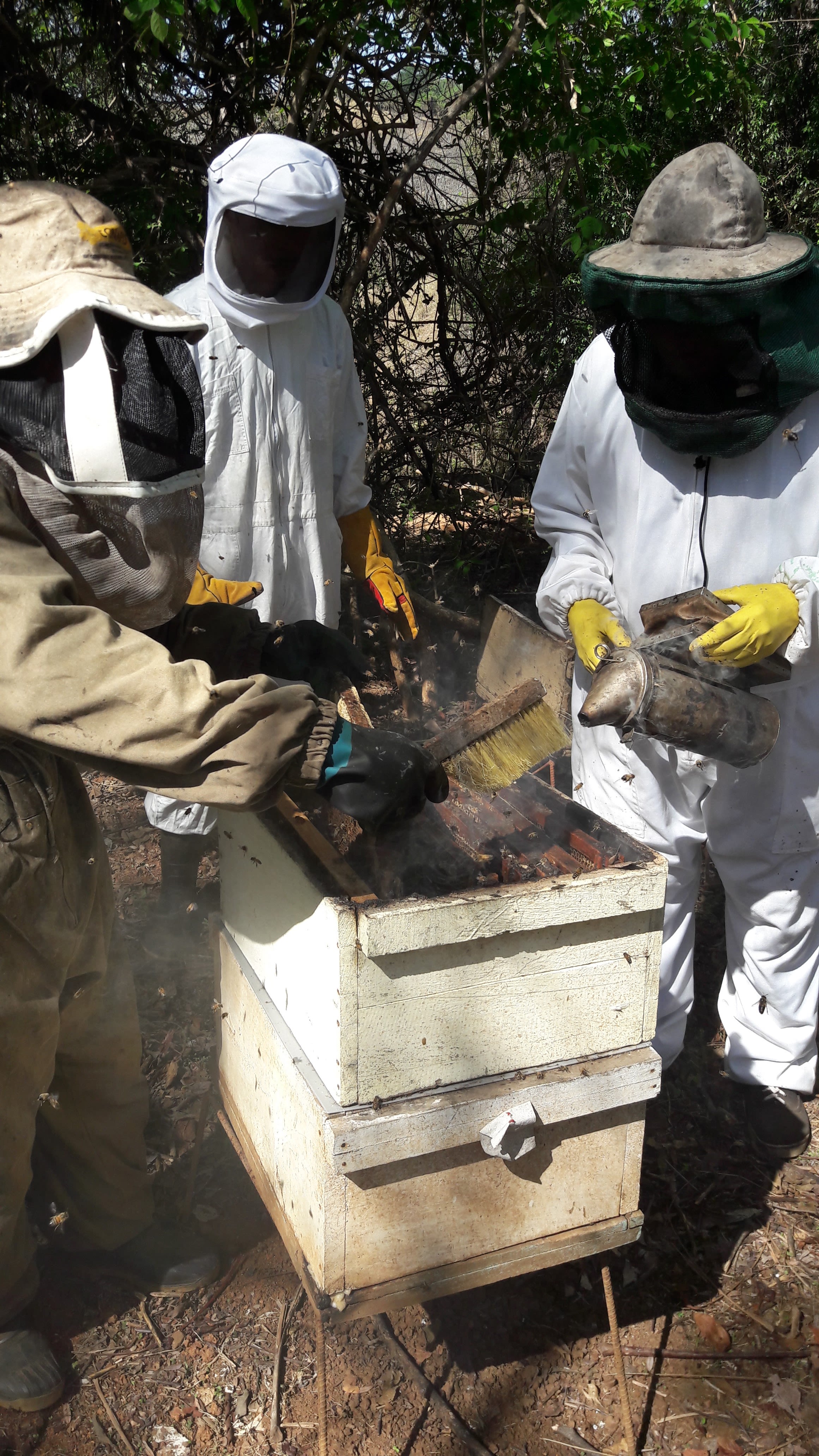
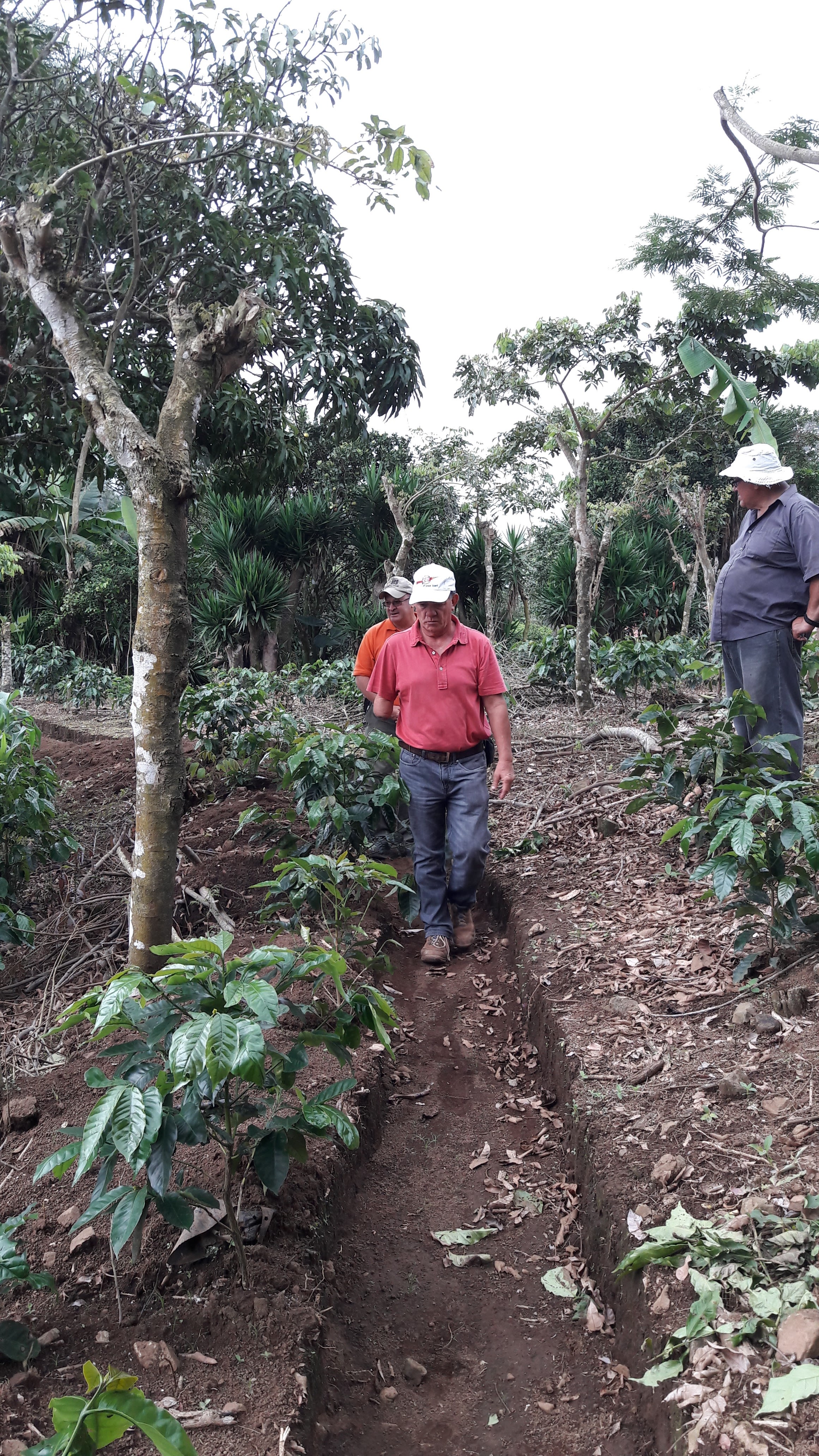
Establishing a baseline
As part of the COMDEKS approach in Costa Rica, one of the main aims of this project has been to develop a landscape strategy: a plan setting out agreed long-term objectives for landscape and seascape management – including establishing a baseline so that results and progress can be rigorously assessed.
In December 2013, a baseline assessment for the Jesús María River Basin was conducted by the Association for the Organic Agriculture Movement of the Central Pacific (MAOPAC, in Spanish) in order to evaluate the state of the landscape and downstream coastal landscape to identify key environmental and socioeconomic issues.
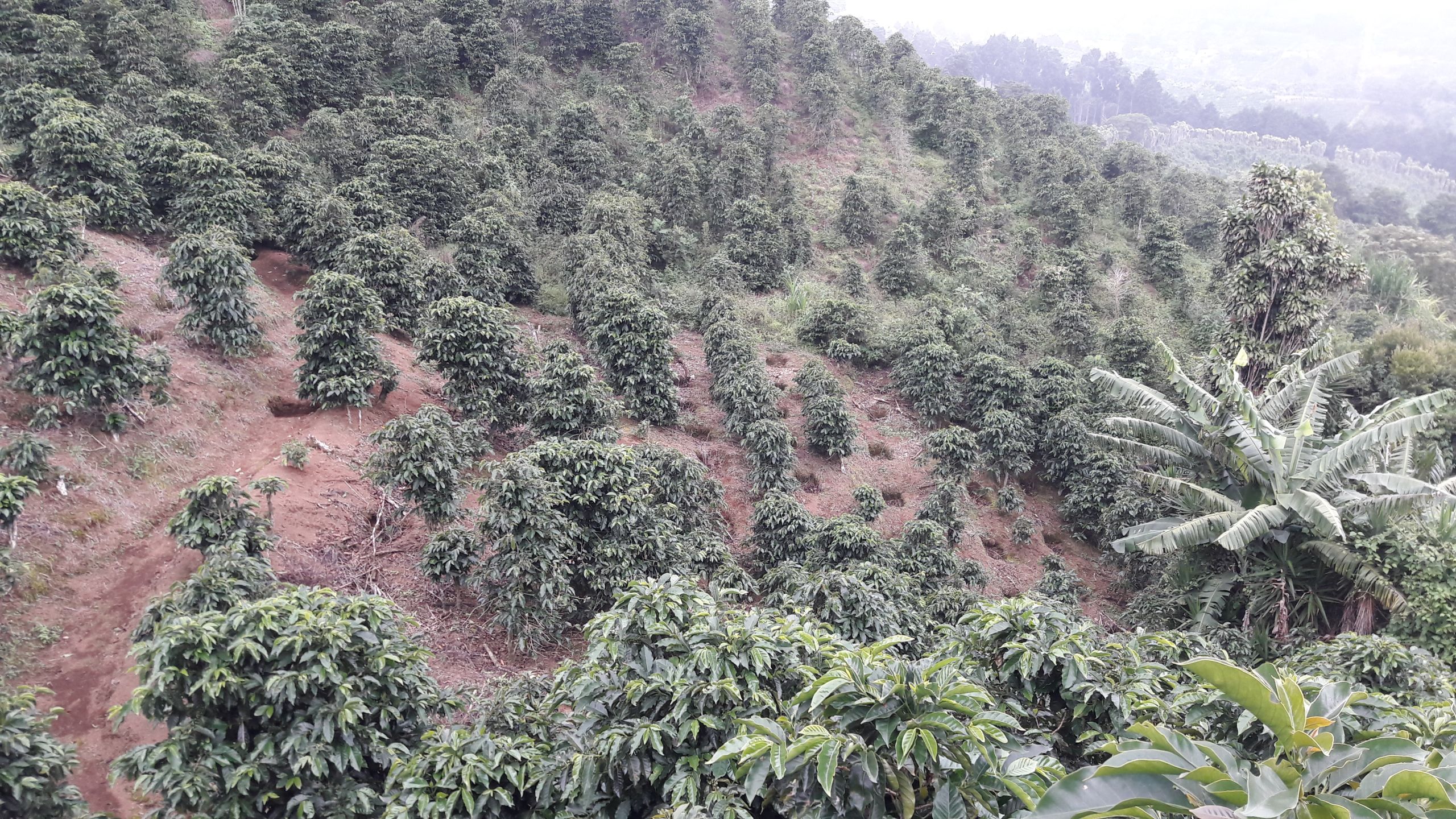
Connecting the dots as part of a landscape strategy
The baseline assessments led by communities have established the need to improve how scientific knowledge was shared at the decision-making level and at the community level. The assessments identified that in order to improve the resilience and recovery of degraded natural resources, good data needed to be available to the people that could use it.
The assessment also identified the need to take measures that could ensure the sustainability of production activities at the local and regional levels, and the need to promote the use of new technologies and practices such as water harvesting, stone walls to prevent erosion, and the use of biodigesters.
As part of the strategy, each individual SGP project has focussed on specific thematic interventions so that the collective impact of the projects coalesces into a whole which is greater than the sum of the parts, and an improved landscape.
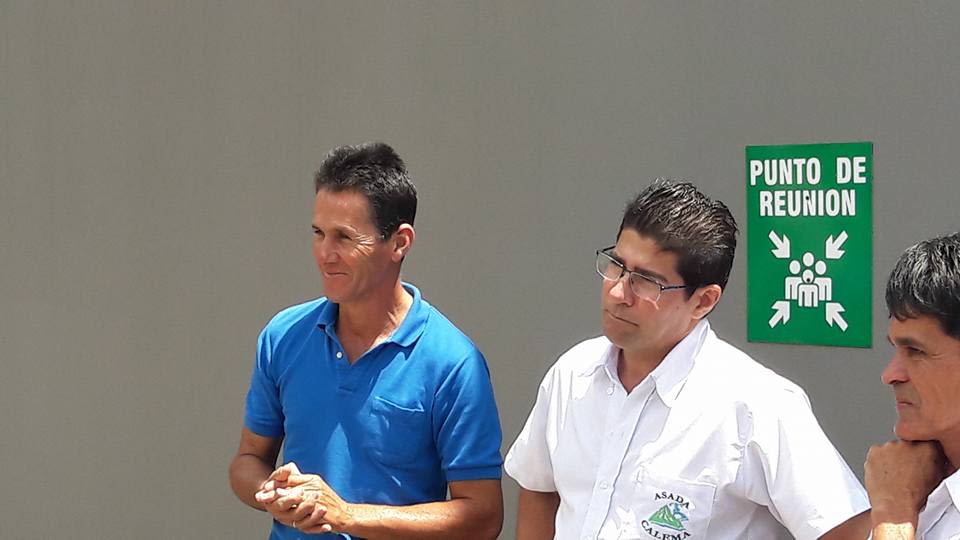
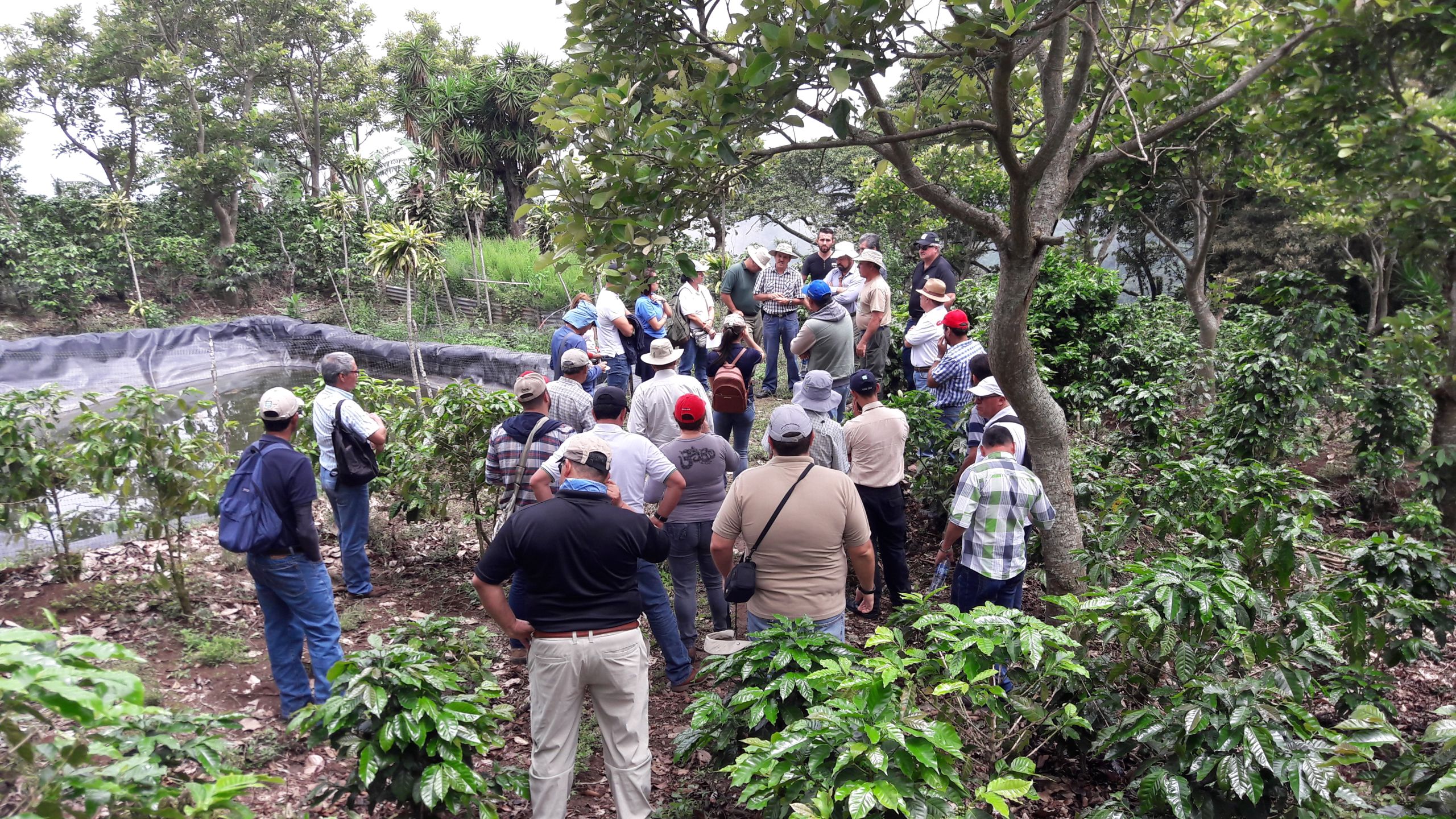
From Water flows life
The first SGP project in the area focussed on construction of runoff water reservoirs in agricultural production areas to reduce erosion in the basin from planting and harvesting; the second focussed on replanting native timber species and fruit trees that provide medium-term continuity of commercial activities and improve community living conditions; another focussed on restoring degraded lands by instituting silvopastoral systems that help reduce soil loss; a fourth one on mitigating soil degradation; and a fifth to promote the transition to organic production.
For farmers in the Jesús María watershed, better water access and enhanced soil conservation and agriculture practices has meant improved productivity of coffee and other agro-forestry production systems.
‘Thanks to the COMDEKS programme we implemented important progress in restoring the Jesús María river basin through close coordination with communities and state actorsto implement best practices in farming. COMDEKS was key to allowing us to innovate in water harvesting and reservoirs. We built forty reservoirs and harvested the water through different techniques that were used for washing out dairy facilities,and animals, fish farming, and irrigation for horticulture and coffee. As a result, an increasing number of coffee farmers are requesting these reservoirs to complement the planting of new coffee varieties’.
Reaping multiple benefits from restored ecosystems
The COMDEKS programme in Costa Rica led to restoring the Basin’s forests and ensure connectivity through tree planting of 54,000 trees, including fruit trees for income generation, and set-aside land for the Payments for Ecosystem Services. [1]
Many of the species used for replanting have included native hardwood trees, and at least 20,000 are fruit trees common in the area, including mango, cashew, loquat, sapote, guava, star apple, citrus, and avocado. A further 20,000 fruit trees are expected to be planted during each of the next three years.
Non-Timber Forest Products from these trees have provided farmers an opportunity to participate in local farmers markets, creating another income source. The replanted trees have also provided other functional services, such as shade for cattle, as well as creating wind breaks for crops and reducing soil erosion.
[1] The PES programme covers a series of conservation incentives. There is the delivery of “Certificates for the conservation of the forest”, which seek to pay the landowner for the generated environmental services, provided there has been no timber exploitation in the two years prior to the request for the certificate, or, during its validity (around 20 years).
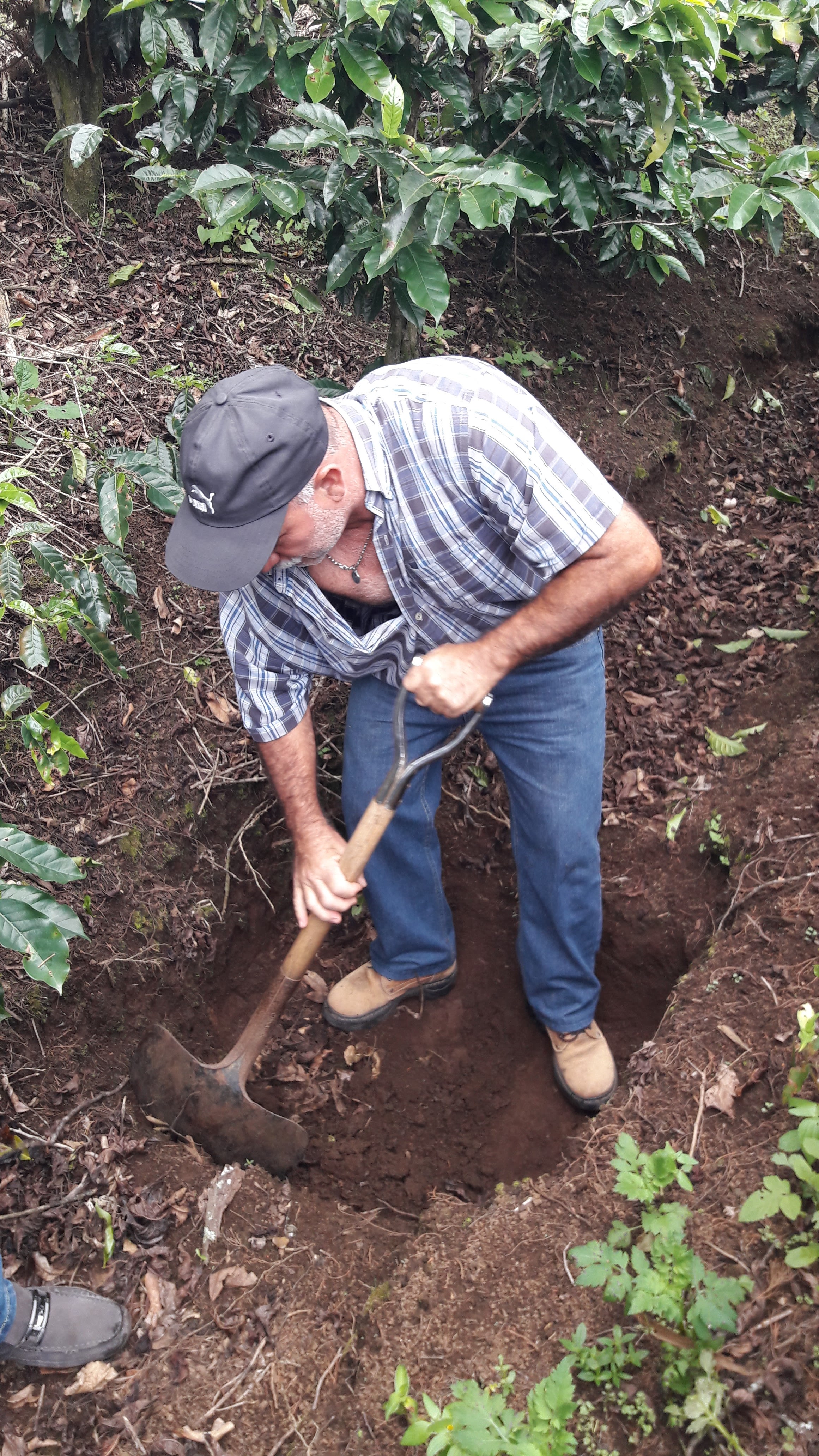
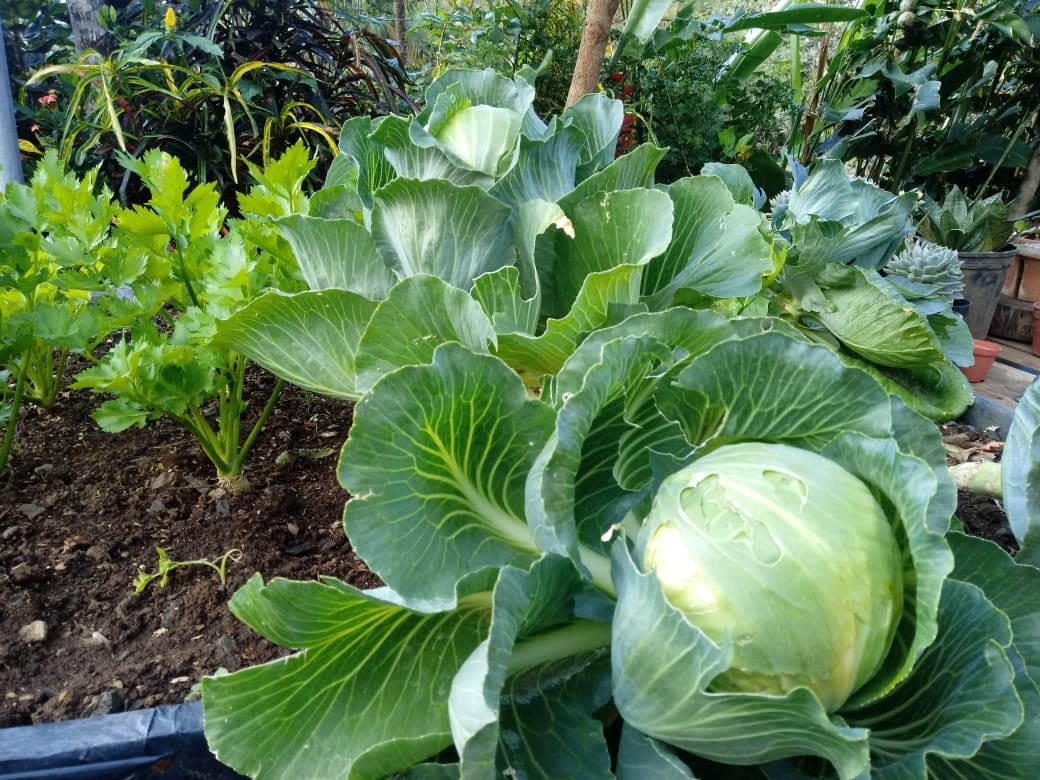

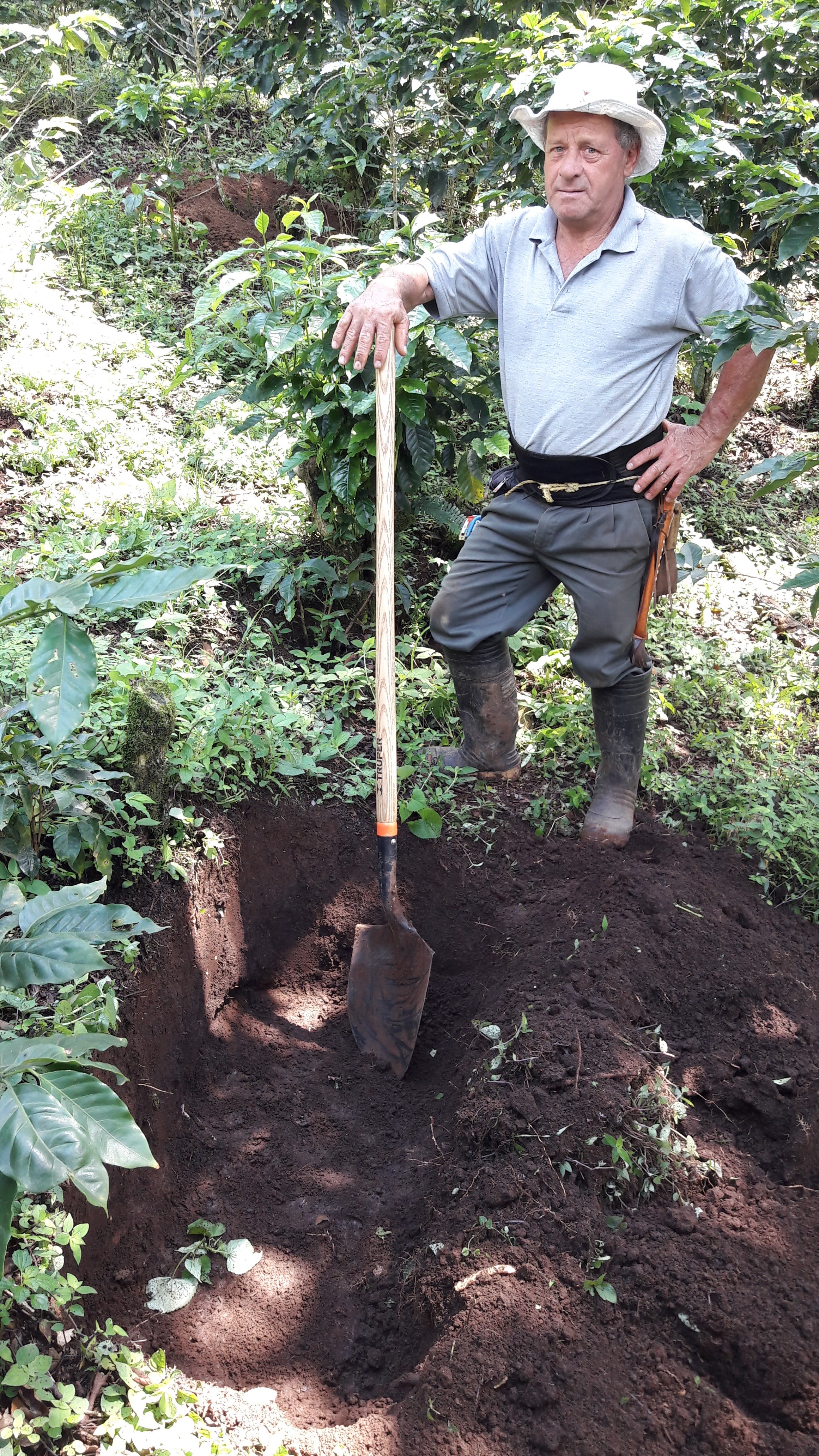
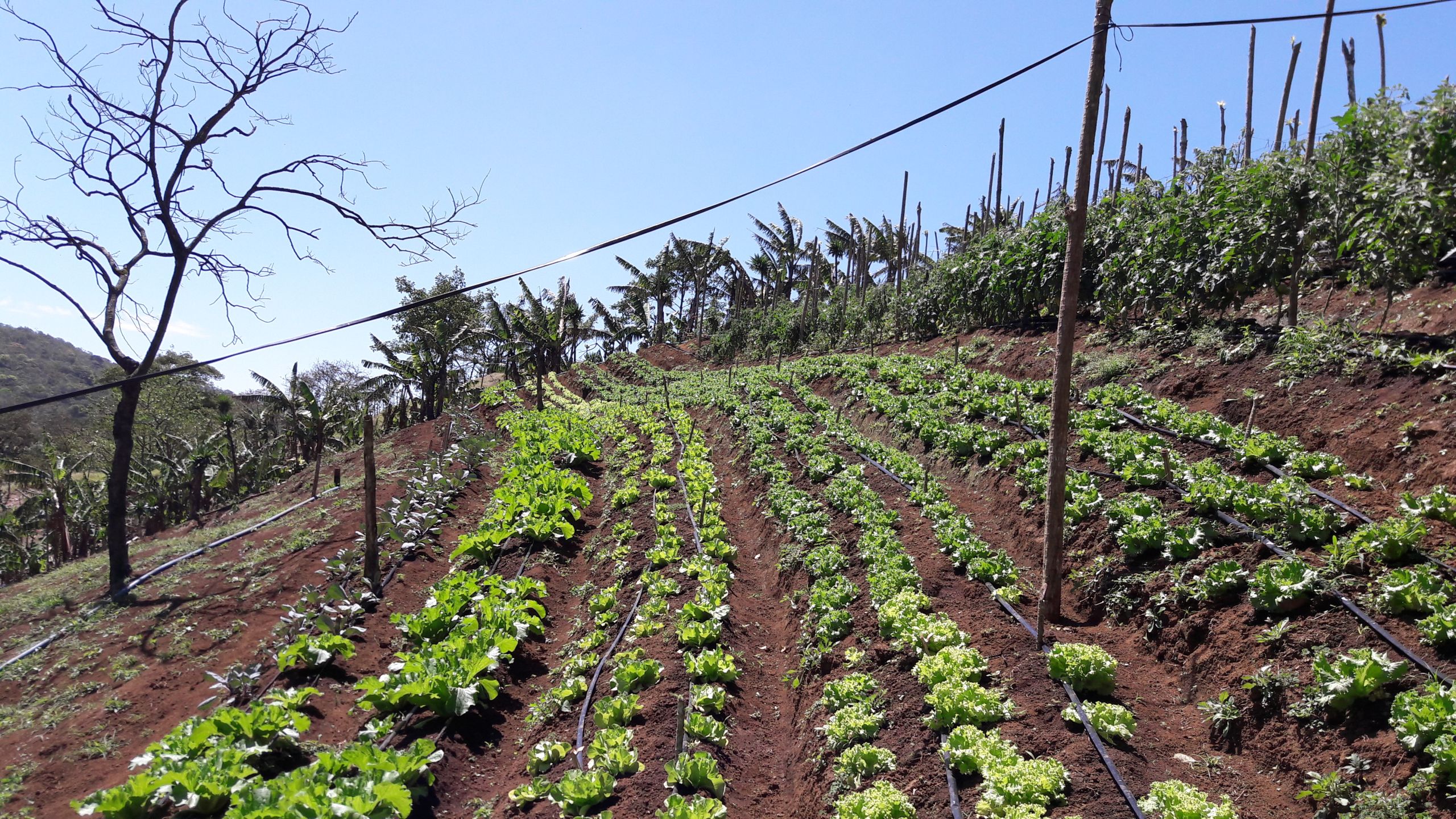
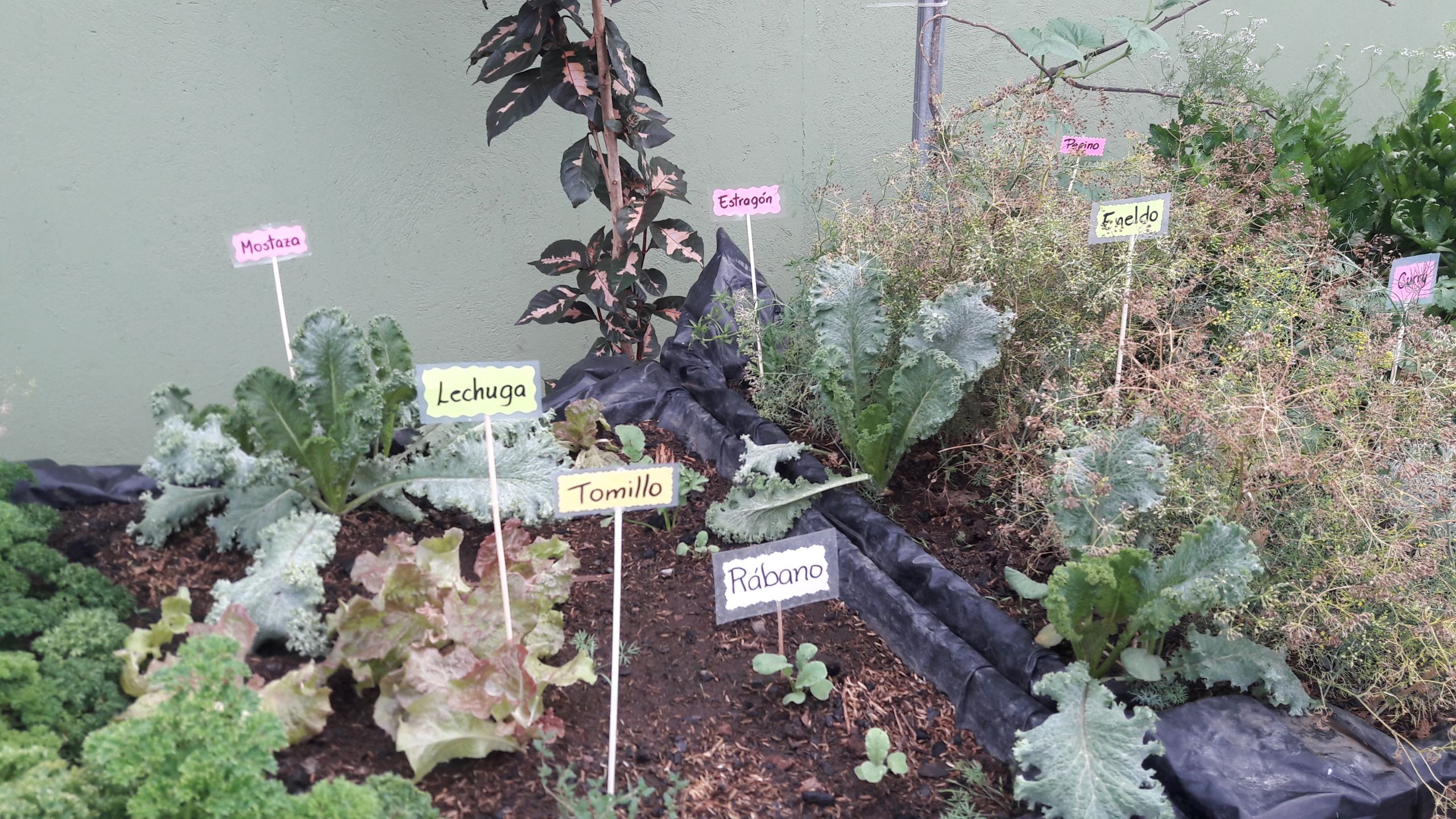

Restoring Soil as the basis for ‘pura vida’
To mitigate soil degradation faced in the middle basin, zero-grazing livestock production systems were put in place along with the implementation of silvopastoral activities such as 150 stables, 313 hectares in fodder banks, live fences, silos, and grazing paddocks.
The COMDEKS projects also focussed on harvesting, storing, and managing water for agriculture through the construction of small water reservoirs and dams.
‘Well, on this farm we’ve completely turned things around, because in 2012 the farm was practically a desert. Thanks to the support from the SGP, CADETI and MAG, currently we’ve planted more than 1,000 trees, with live fences, improved grazing, fodder banks, a vegetable lot and a water harvesting reservoir. We’ve got pigs, hens, plantains, fruit trees. All of those things that we couldn’t grow before we are growing now, and doing this organically. You can come to Rio Jesús today and you’ll find a greenhouse by each house and the women are growing their own food, which is something that inspires them’.
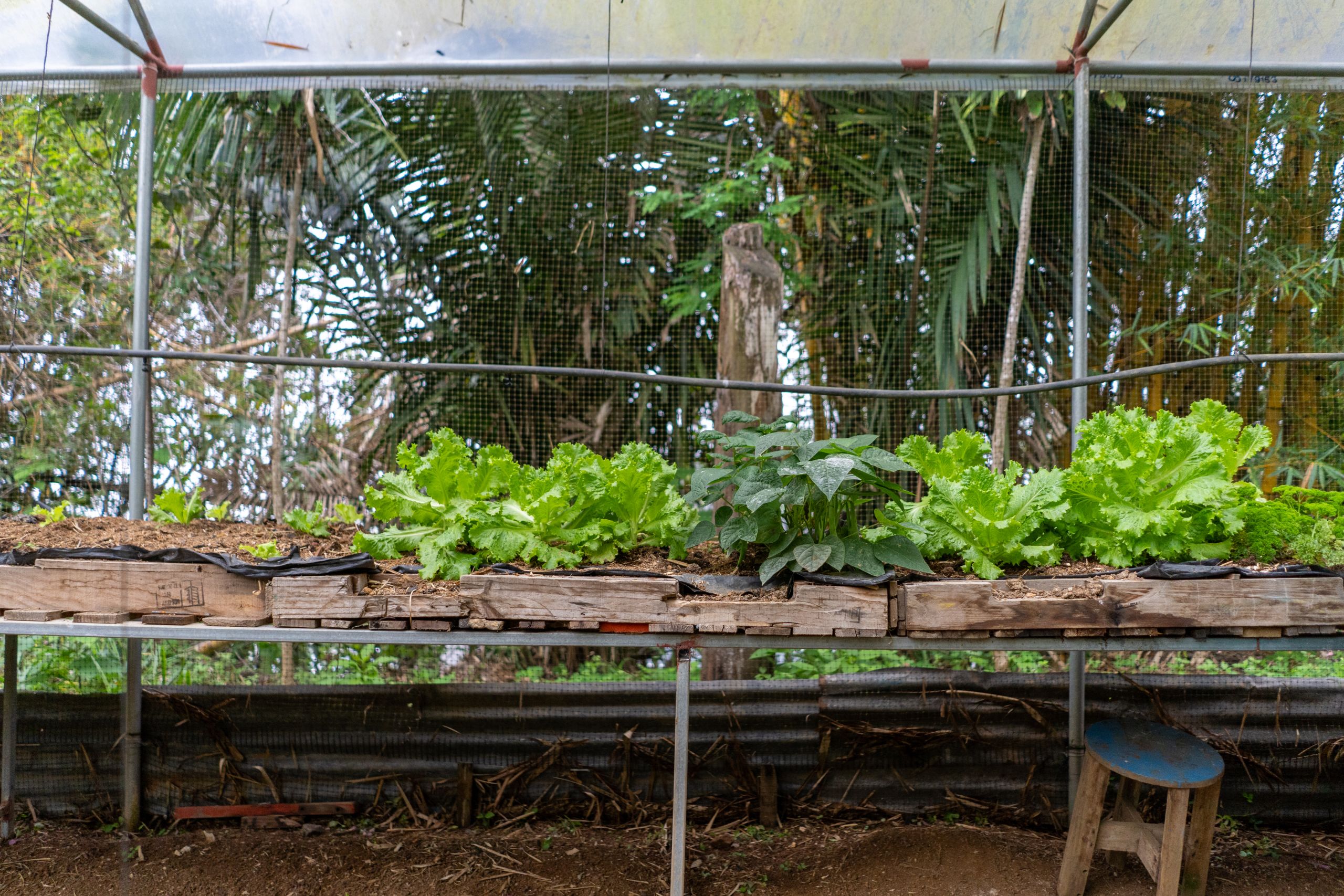
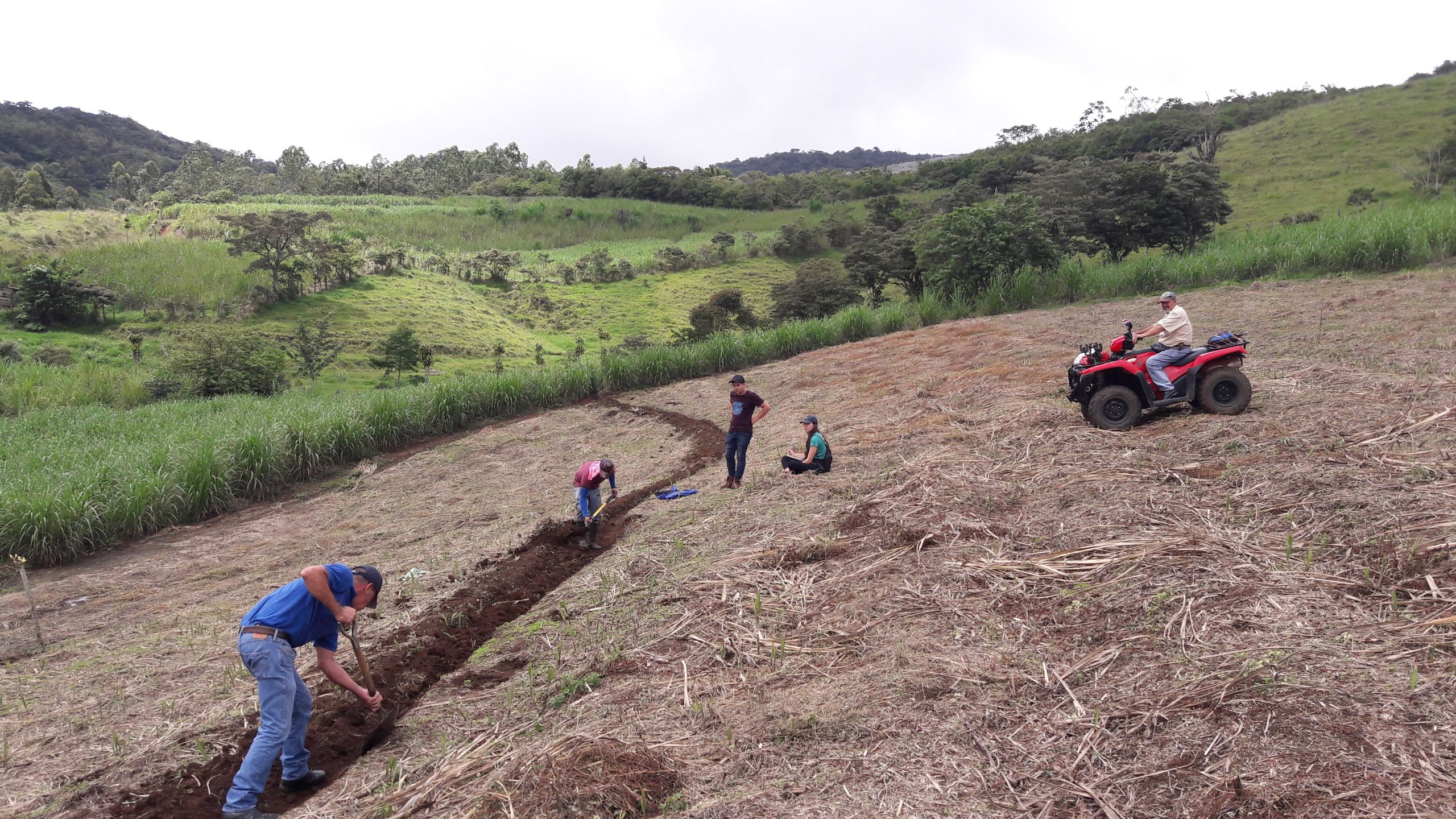
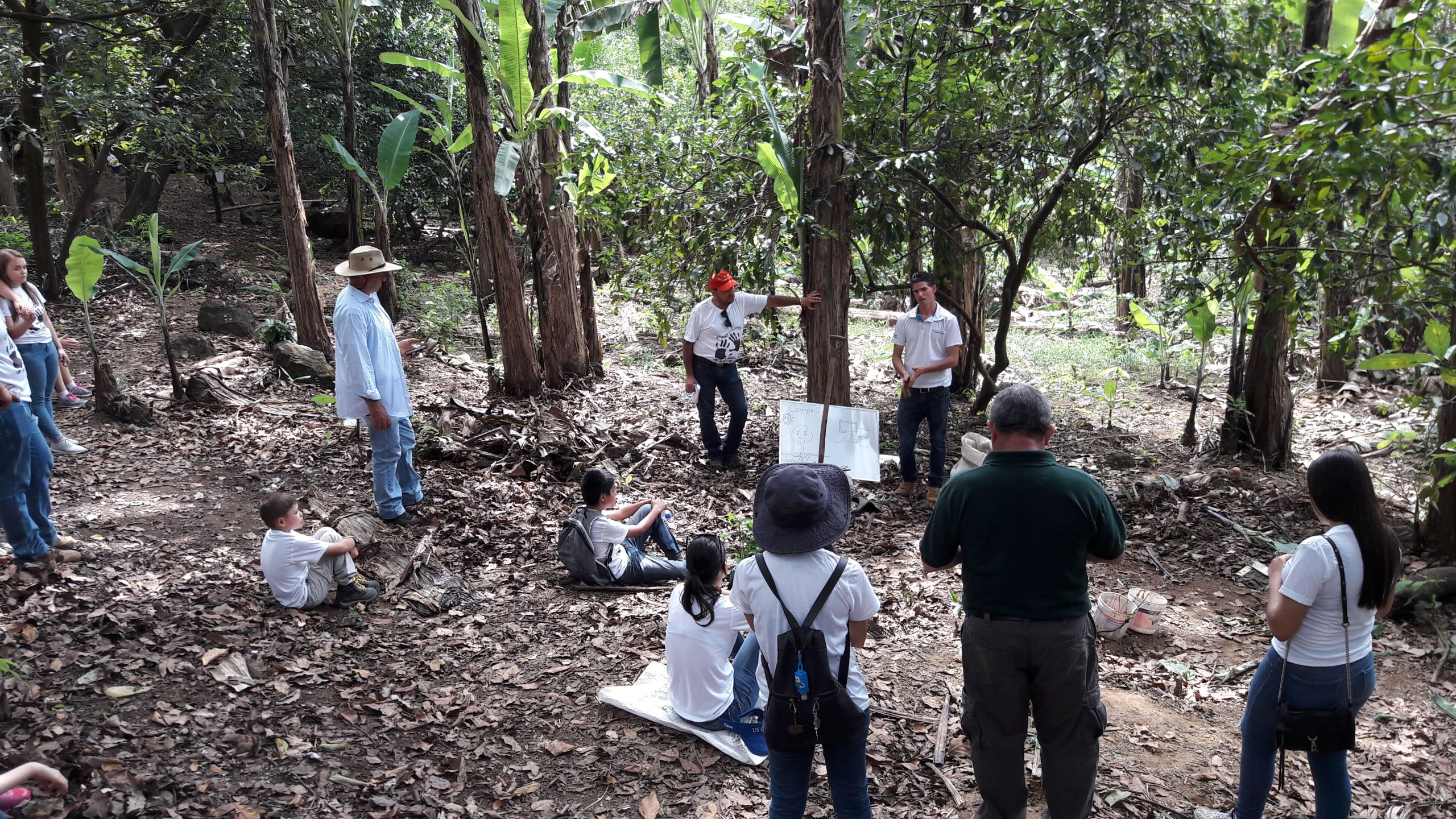
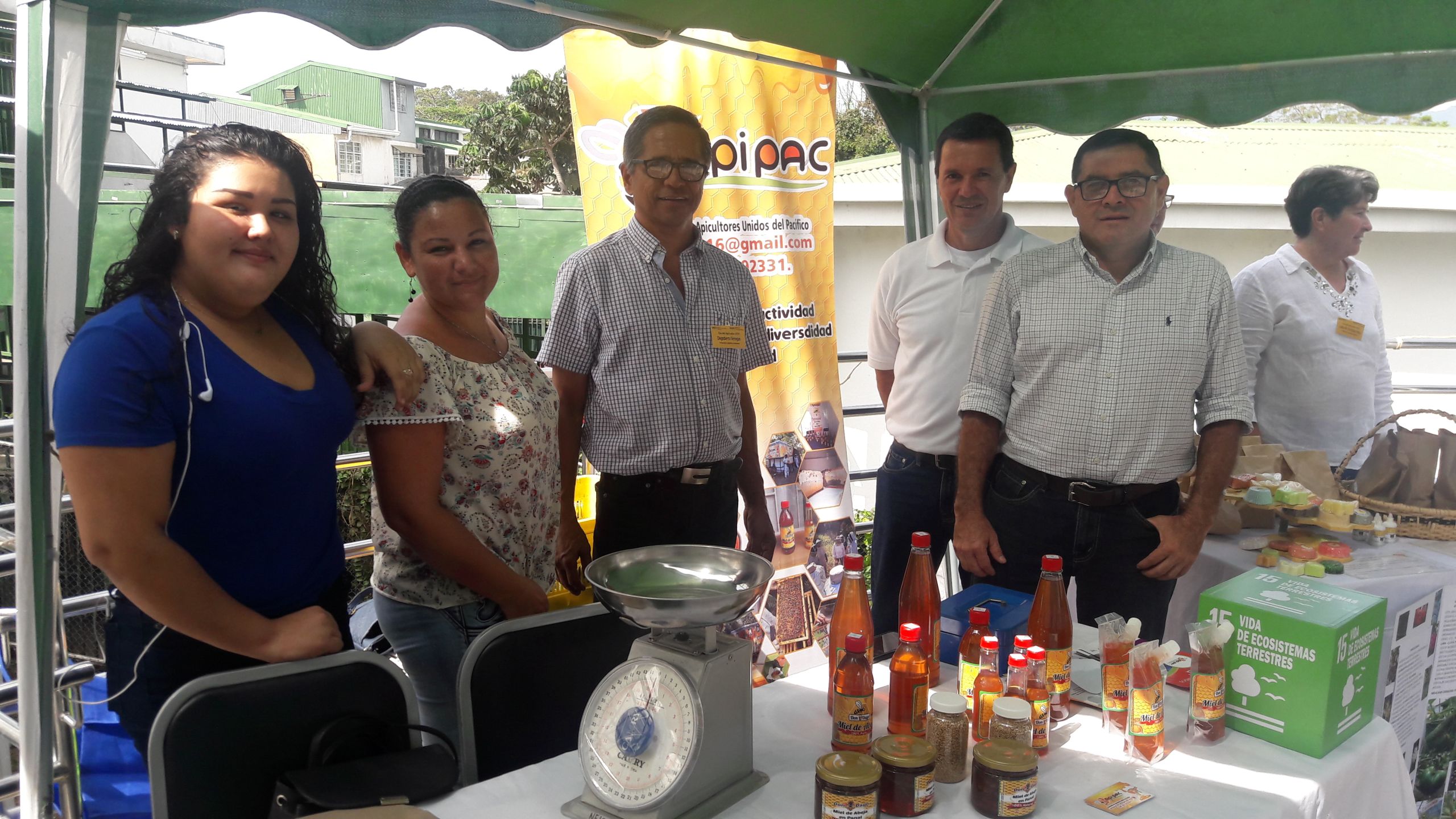
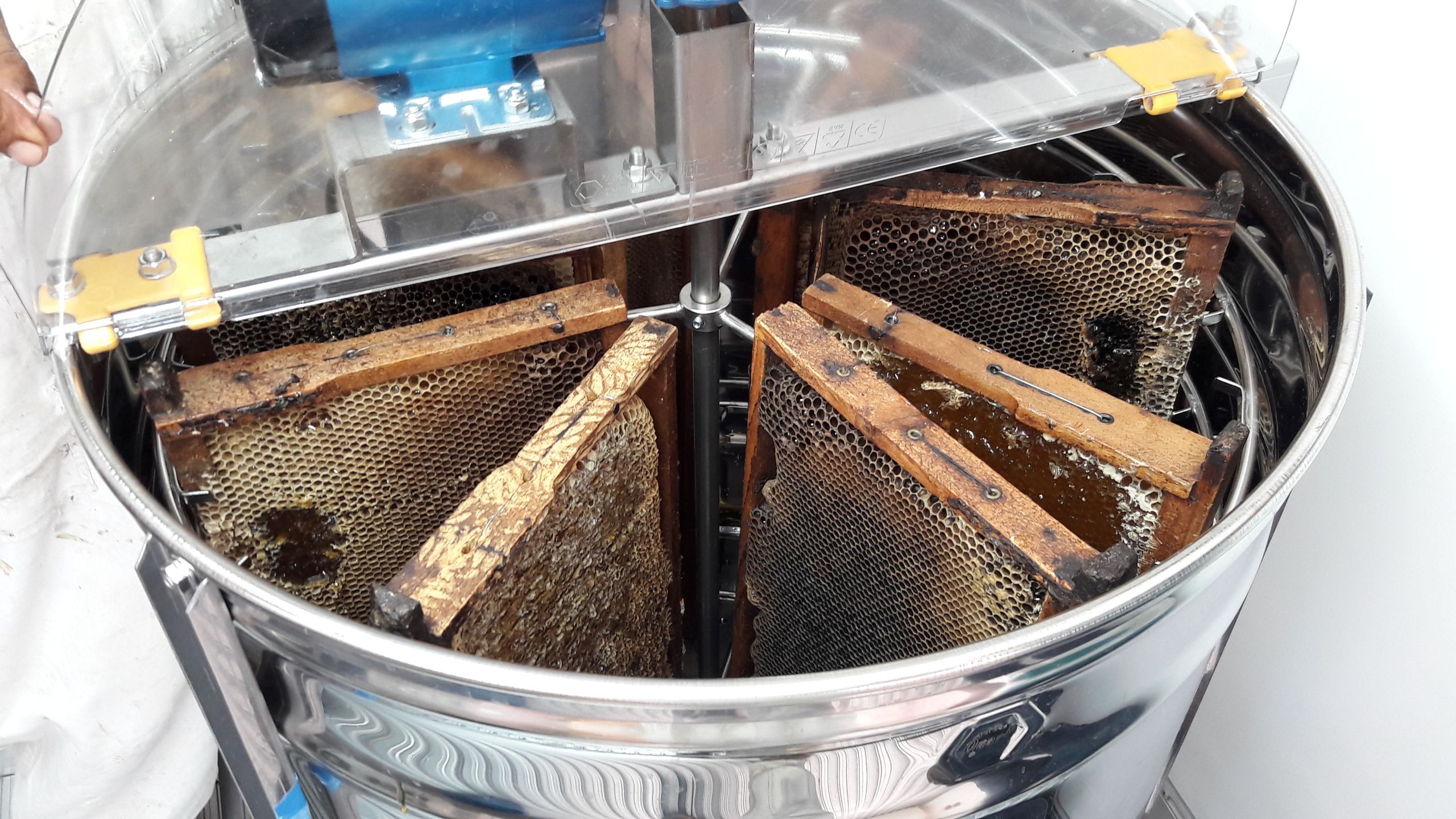
Transferring the landscape model to other watersheds and landscapes
Through a systematized and practical training module on soil conservation practices, farmers have learned techniques such as building guard channels, soil terraces, and applying organic fertiliser to prevent soil erosion, promote water infiltration, and address soil degradation in the target landscape.
Some 280 farmers have received training in organic agriculture systems and have visited demonstration projects in southern Costa Rica to exchange best practices.
A training manual for agricultural extension agents was produced with 44 sustainable production practices implemented in COMDEKS projects in the river basin. In addition, an alliance between the COMDEKS project leaders and three government departments produced a planning tool that farmers can use to track their farm production, and which also disseminates soil conservation practices. Another alliance with the academic institution CATIE produced a series of documents that documented traditional and scientific knowledge about best practices implemented in the target landscape.
Furthermore, following the landscape approach, 57 projects have been supported by SGP using COMDEKS and regular GEF resources in the Jesús María and Barranca watersheds to reduce soil erosion in the basins, protect water resources, implement silvopastoral practices and strengthen the capacities of farmers, 40 communal aqueducts improved their management through the protection of springs, hydrogeological studies and infrastructure. More than 750 sustainable farm assessments and plans have been carried out and 86,000 hectares have been positively influenced, directly and indirectly, through the development of conservation activities and sustainable production.
Almost 15,000 ha are under various schemes for Payment for Environmental Services (PES), and another 1,273 ha of forest under management, protection, regeneration and reforestation practices by farmers, community water authorities known as ASADAS and public and private reserves, not covered by PES. More than 6,500 people (approx. 40% women) have improved knowledge of conservation practices.
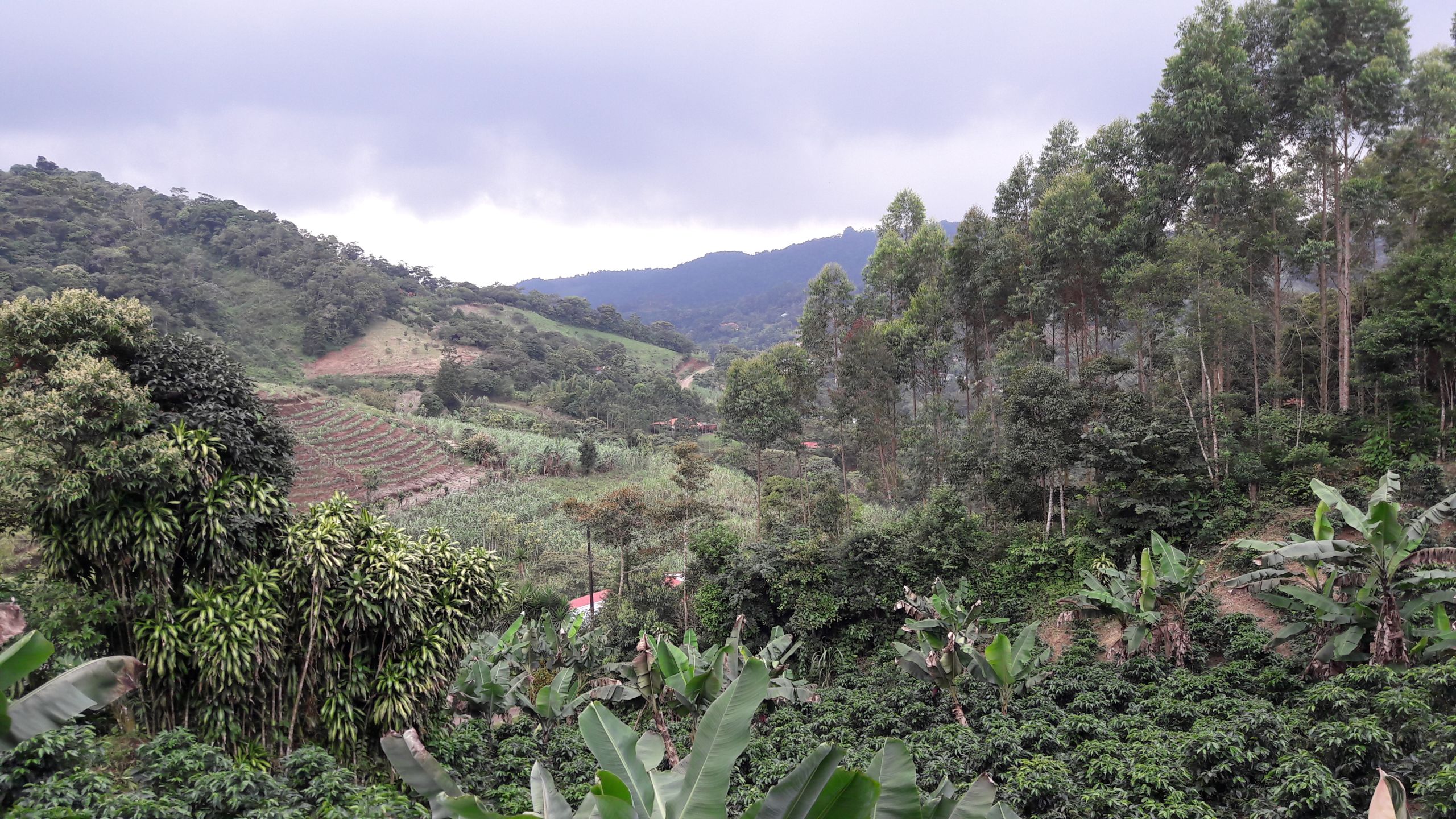
Consolidating the approach
Building on the success of COMDEKS phases one and two, the project is now in its third phase which aims to promote sustainability and upscaling of the socio-ecological production landscapes and seascapes (SEPLs) conservation approach, including efforts to promote institutional and financial sustainability of target landscapes and seascapes.
This third phase will also promote consolidation of COMDEKS’ activities, policy dialogues for sustainability, and provide valuable inputs to the development of Post-2020 Global Biodiversity Framework.
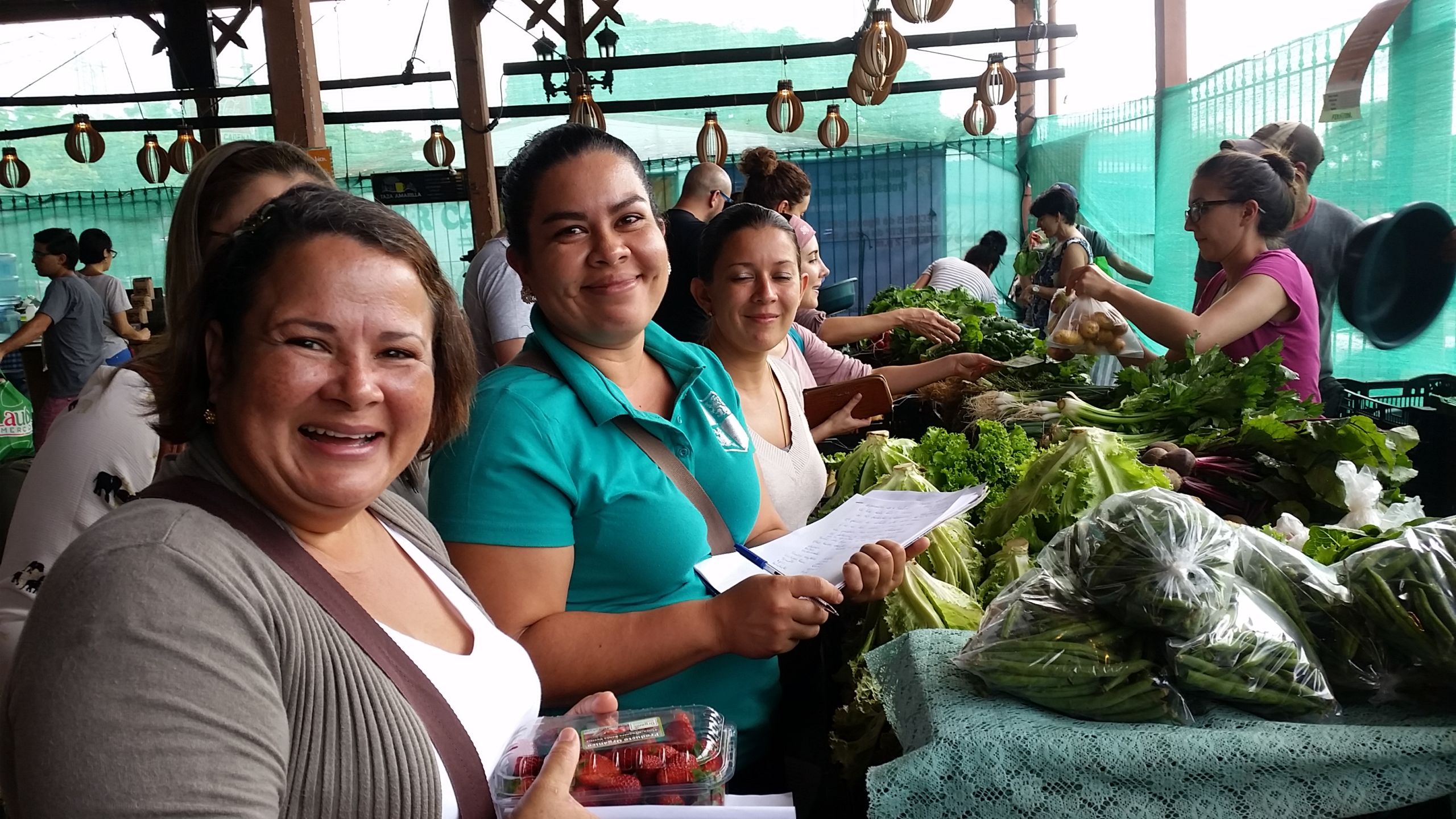
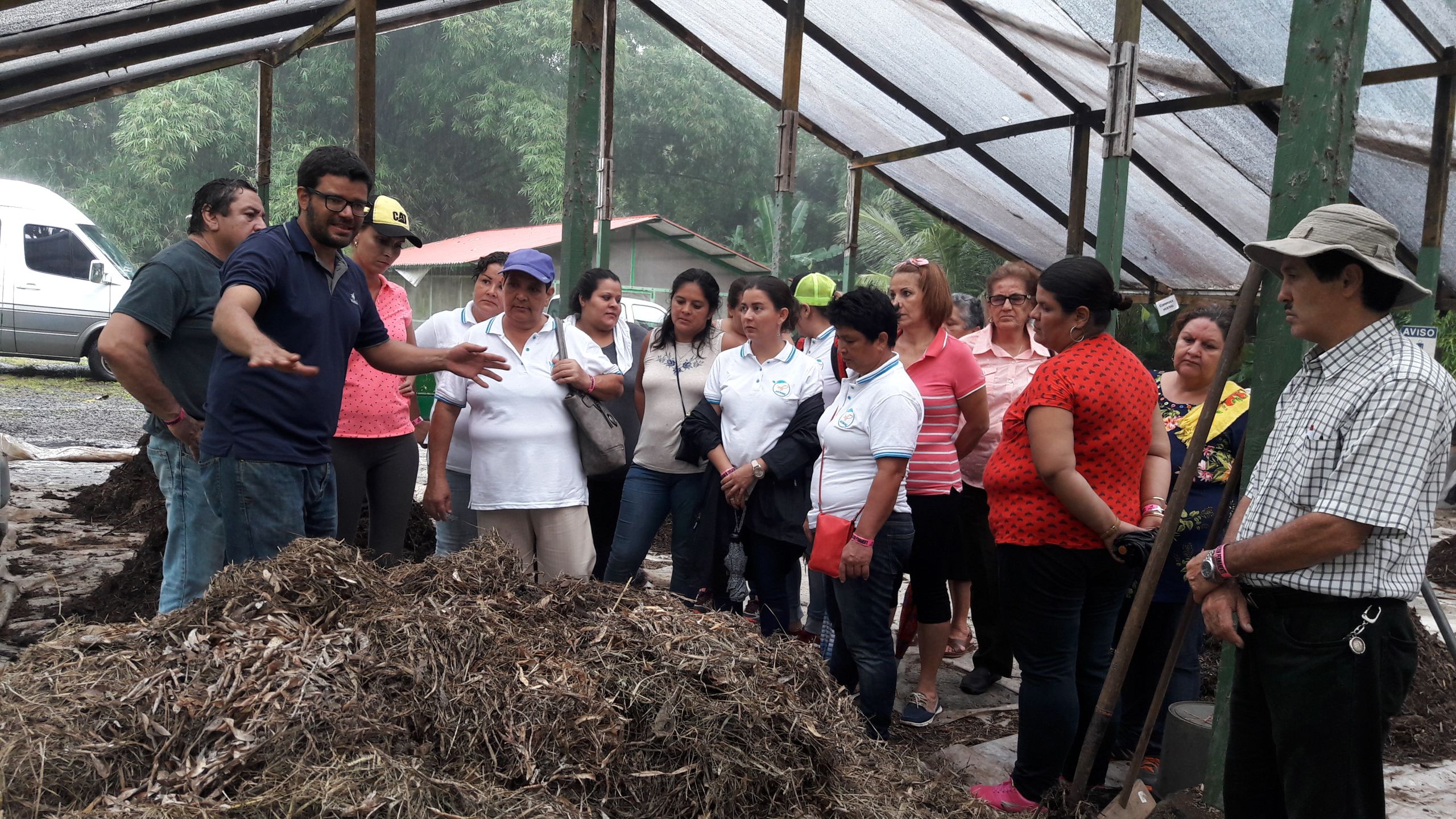
Productive Landscapes
The ‘productive landscape approach’ proposes a methodology which has been gradually refined and field tested to address threats to biodiversity involving multiple actors working at the landscape level.
By adopting a networked, adaptive and ‘emergent design’ approach, the methodology recognises that complex interactions, including behavioral and cultural obstacles, lie behind the the downward spiral, as well as the turn-around towards restoration, of socio-ecological productive systems.
As a result, the landscape approach involves building long-term multidisciplinary and intersectoral alliances and articulating and coordinating key actions through a participatory process.
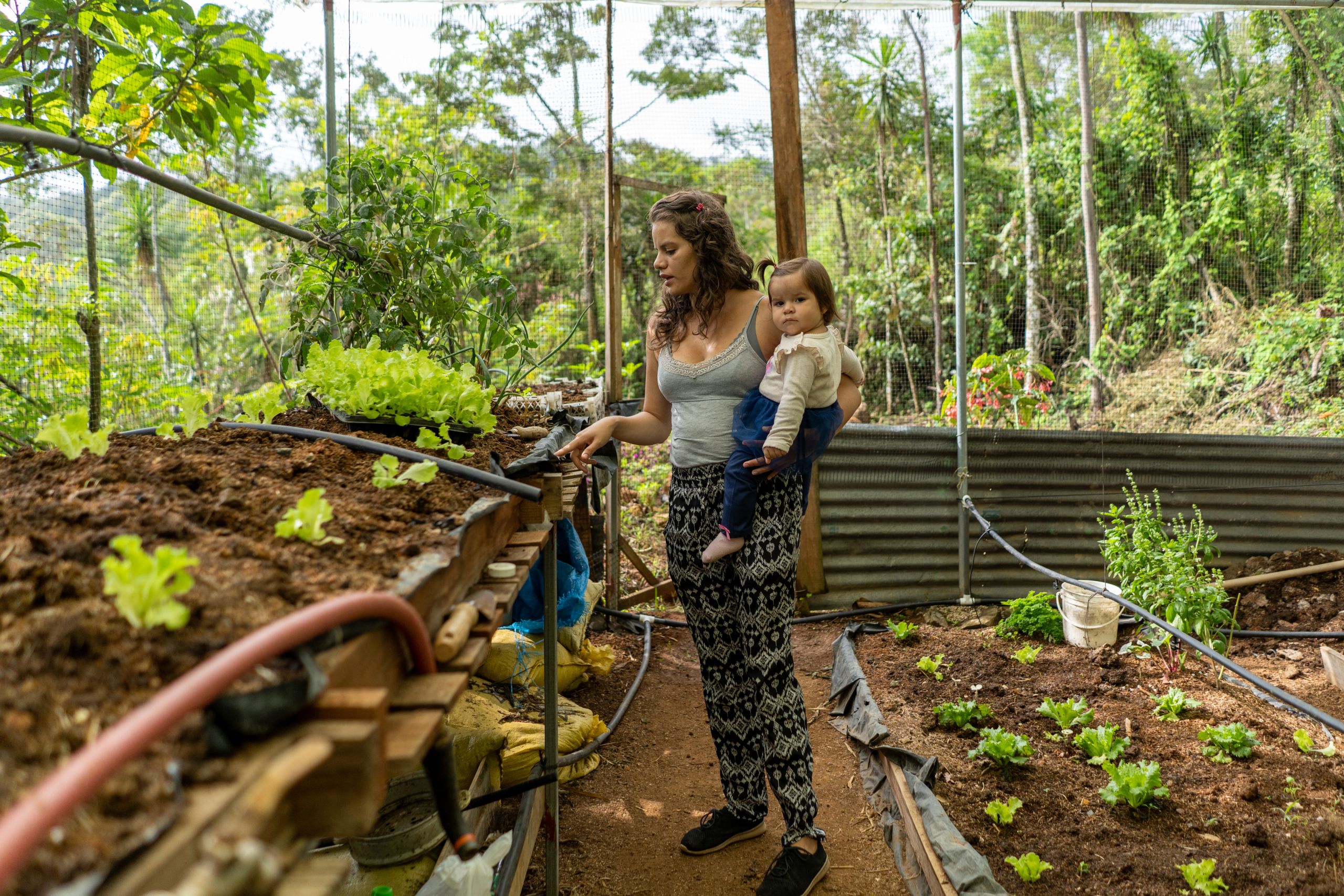
‘The basins are very important areas in terms of the need to restore soils and ecosystems, but also because they are areas where we have activities for small and medium farmers. In the context of the agenda carried by the Ministry of Agriculture and livestock and the Ministry of Environment and Energy, the Agro-environmental Agenda seeks to advance on issues that have to do with the conservation of natural resources in the context of agricultural and livestock production. The experiences we have had throughout the GEF-6, mainly concentrated in the Jesús María basin, allow us to verify the lessons learned regarding the relevance and a wider understanding by the government of the Republic that the conservation and restoration agenda has everything to do with the communities’.

Text by Charles Dixon, Ana Maria Currea, Diana Salvemini, Terrence Hay-Edie, Andrea Egan / Photos: SGP Costa Rica
Location: Jesús María River Basin, Costa Rica
